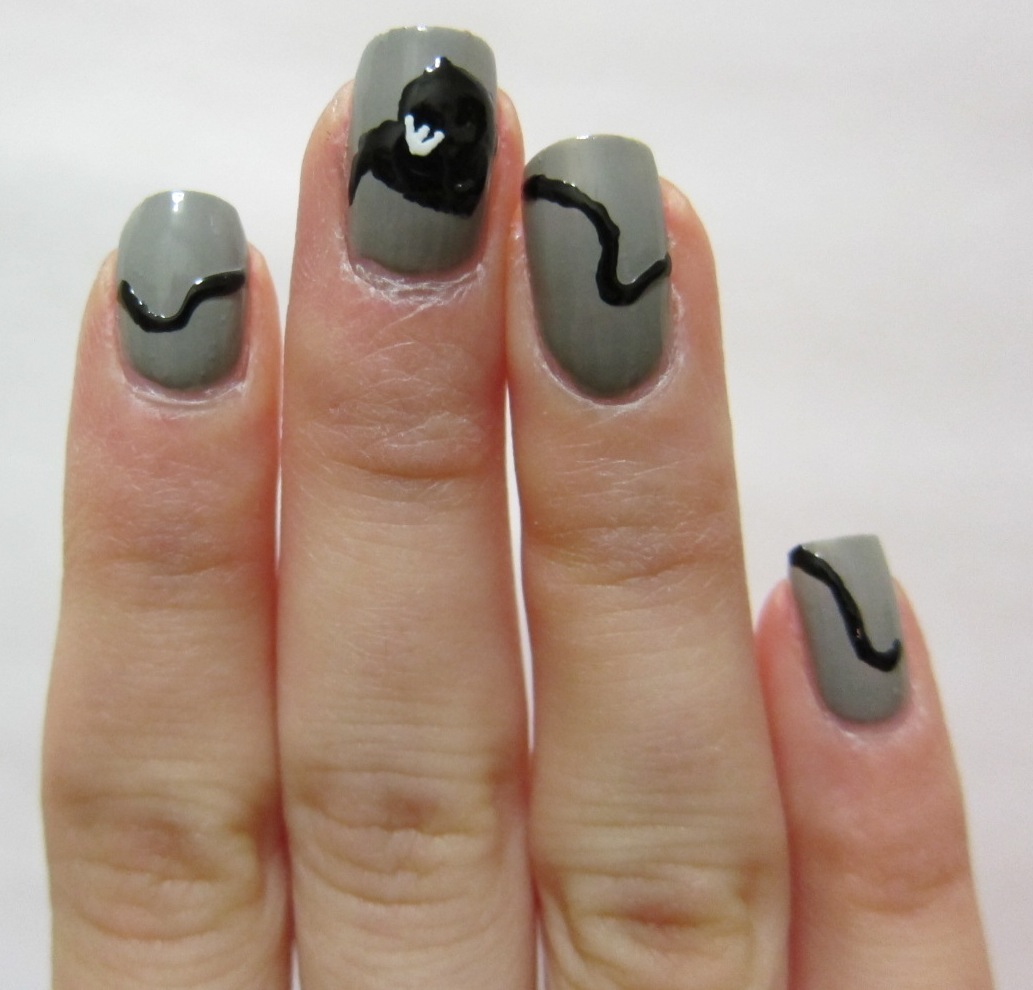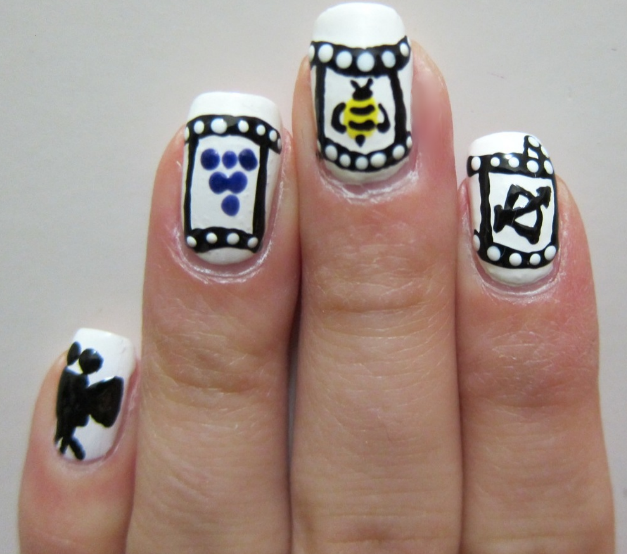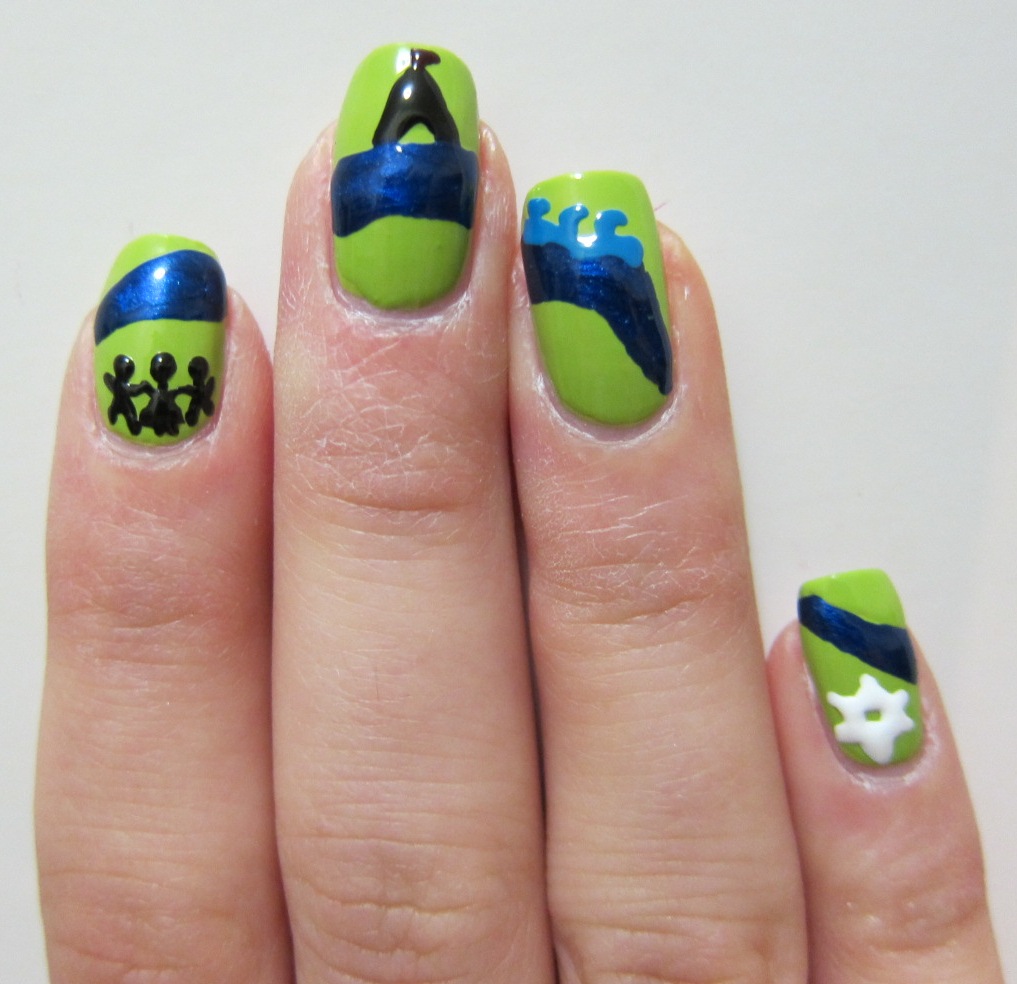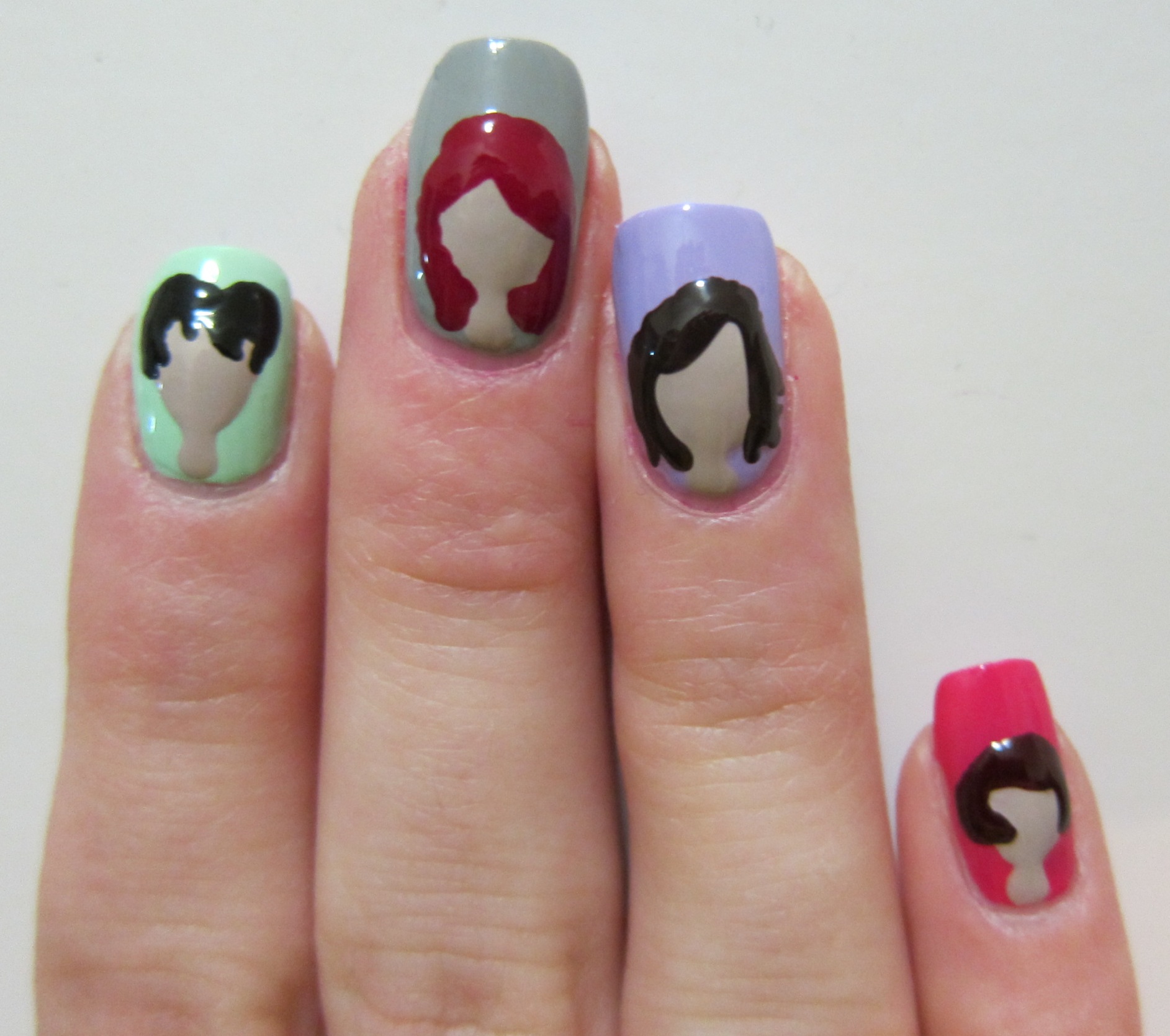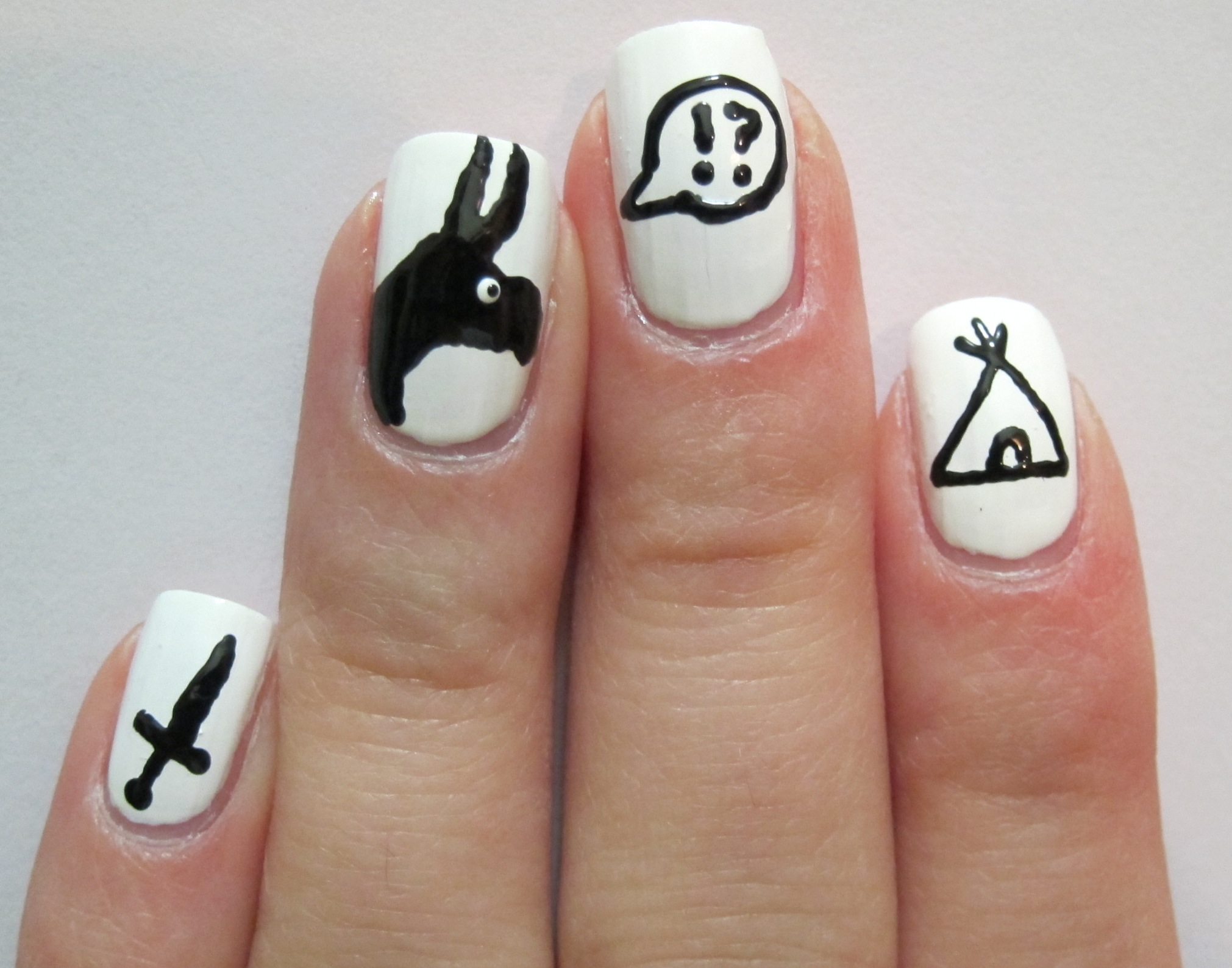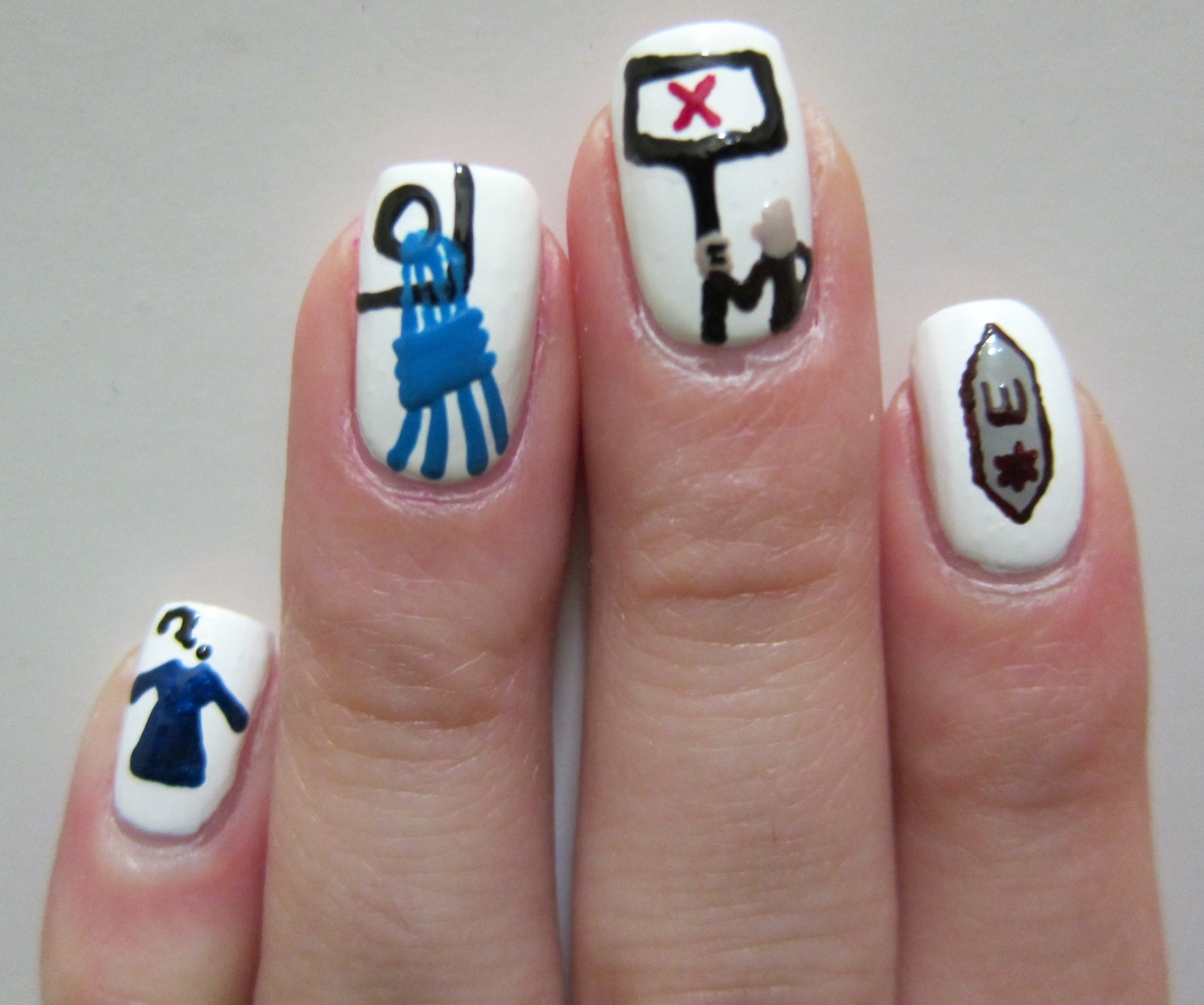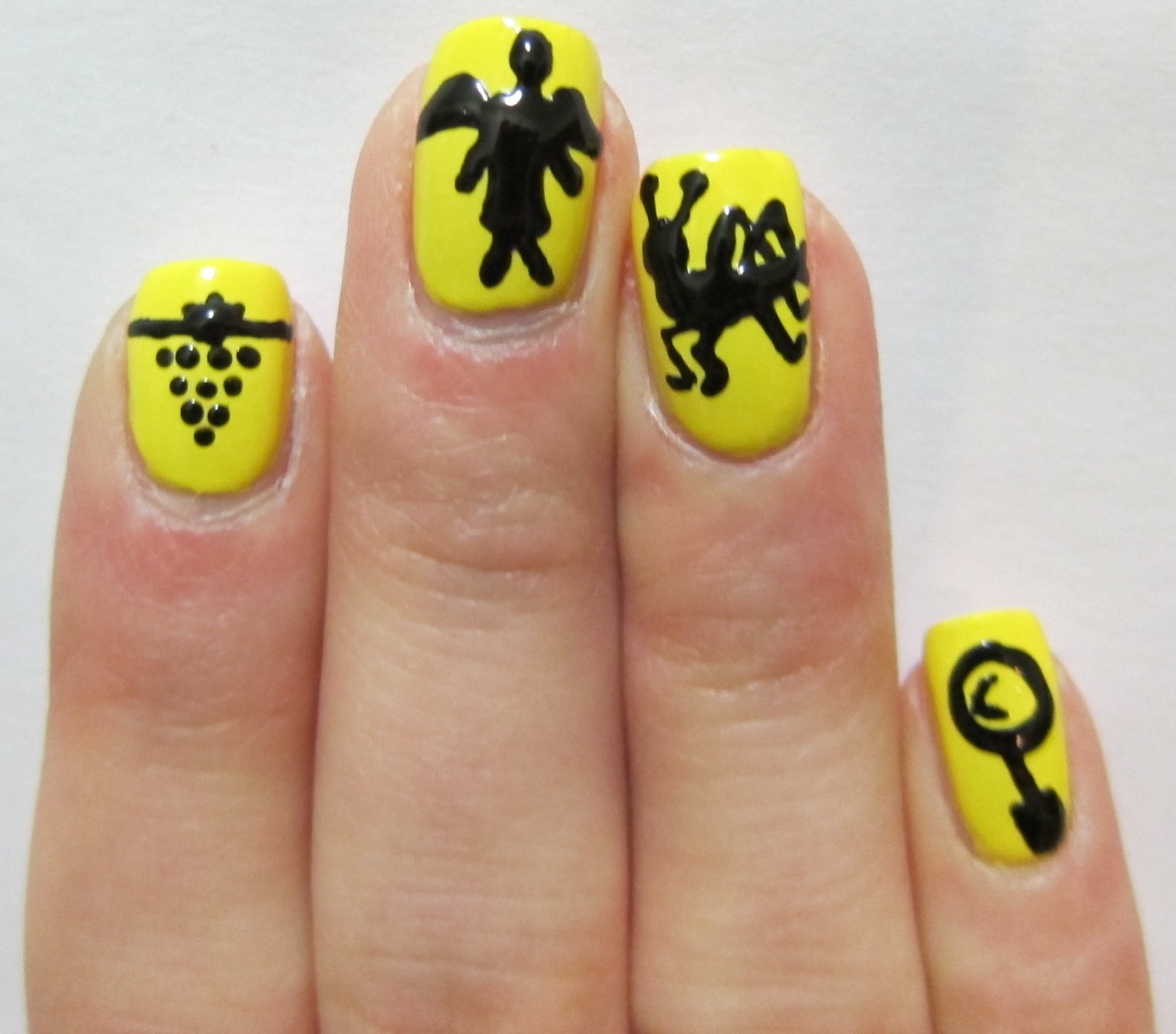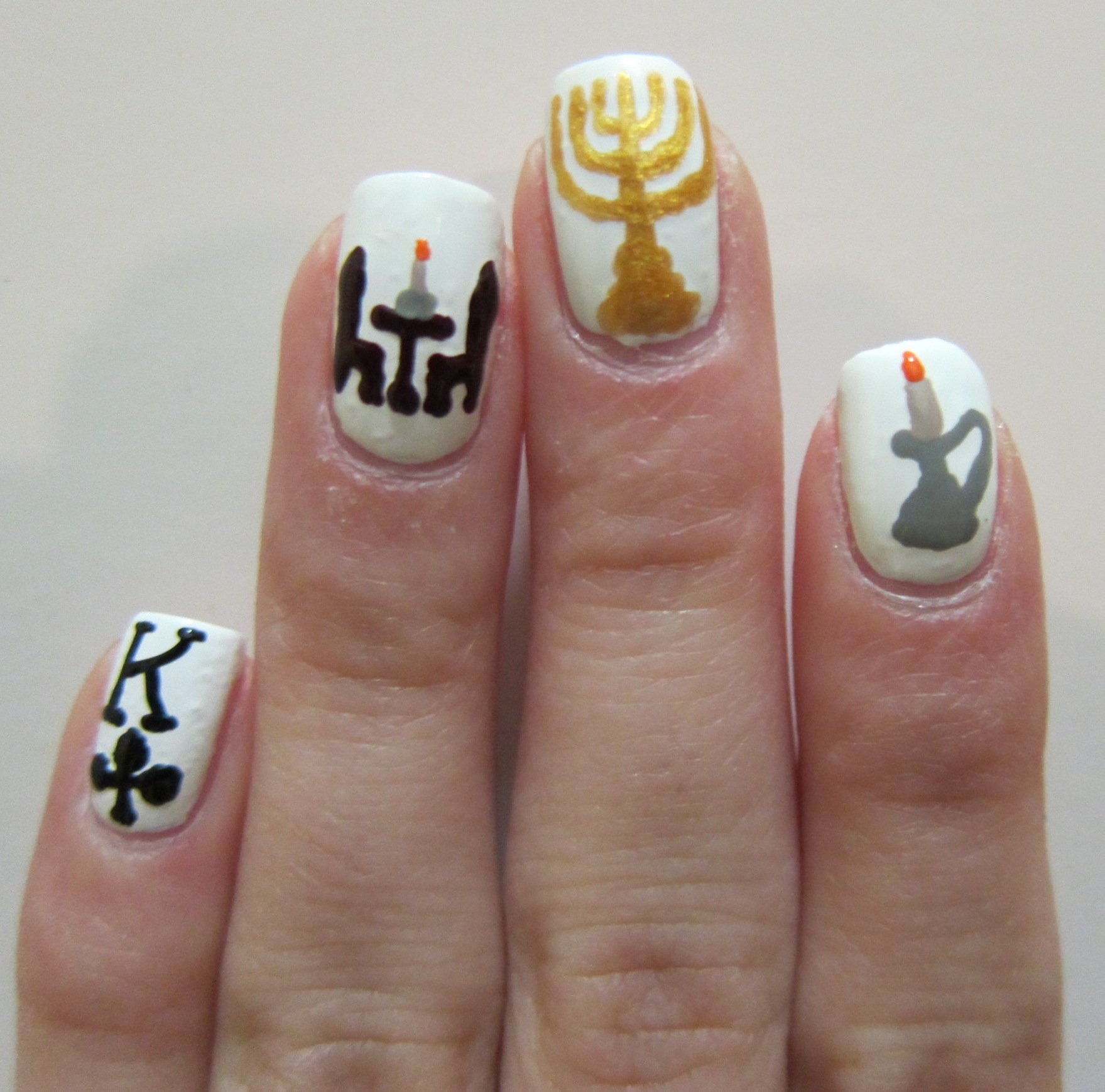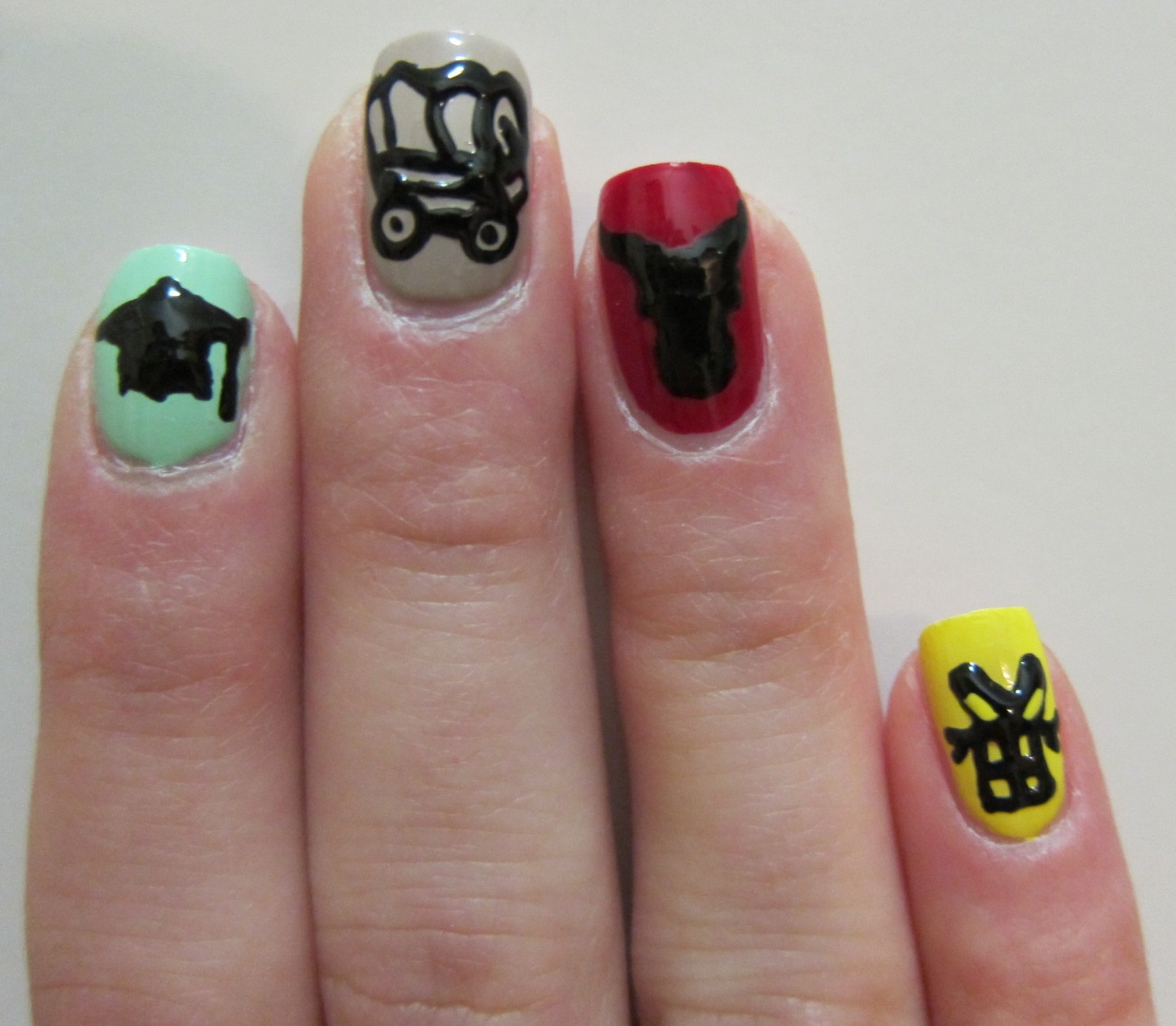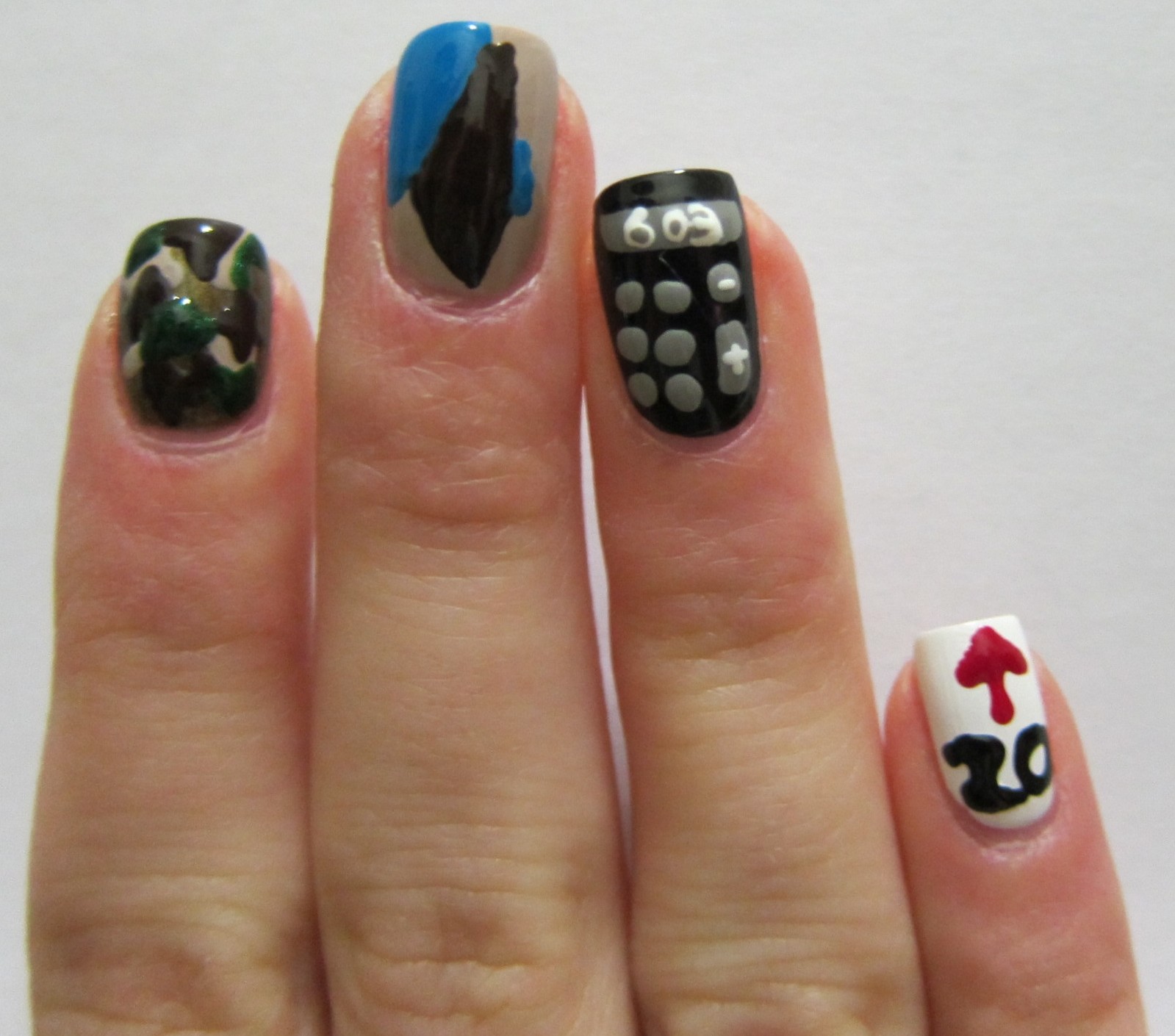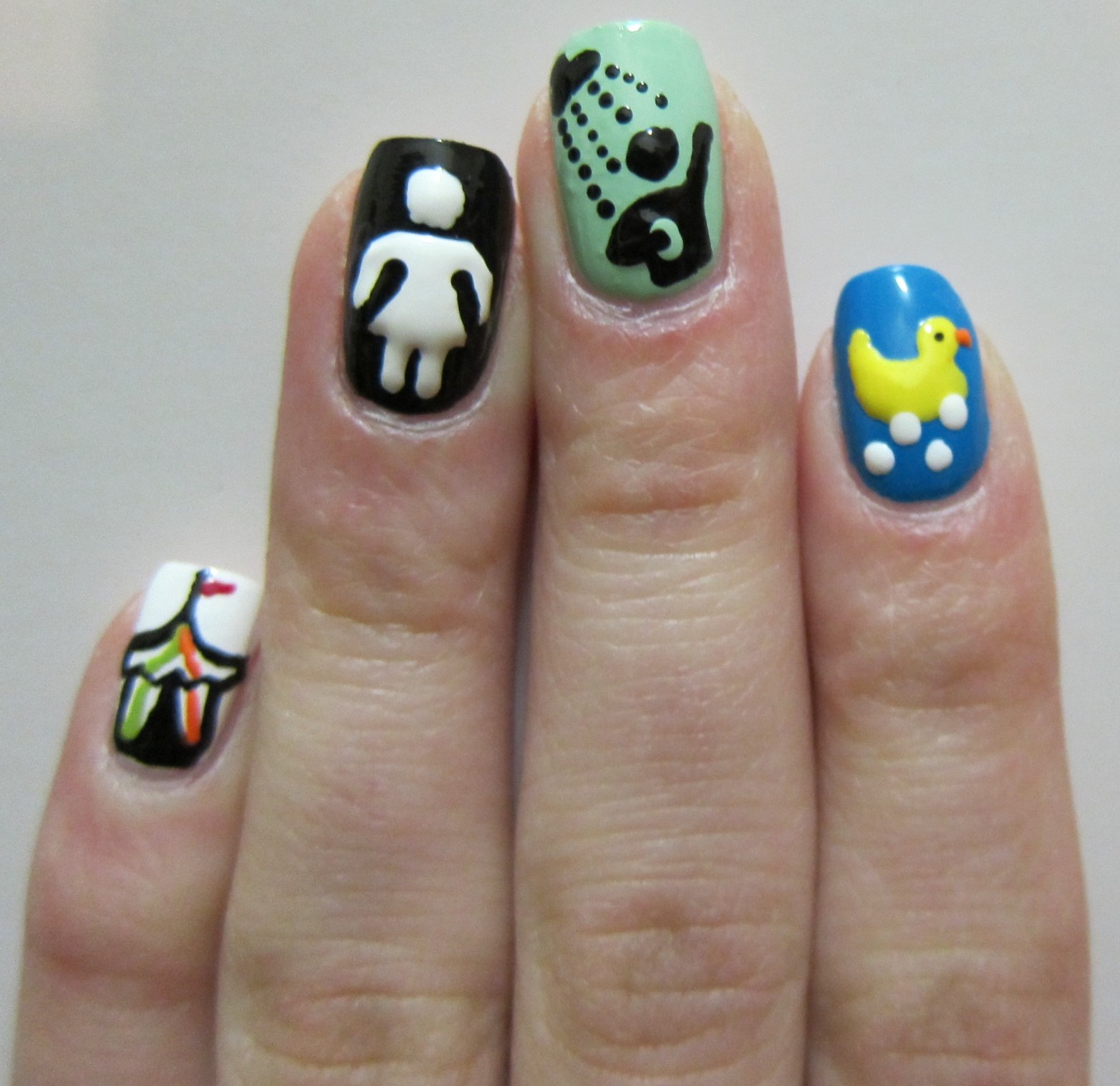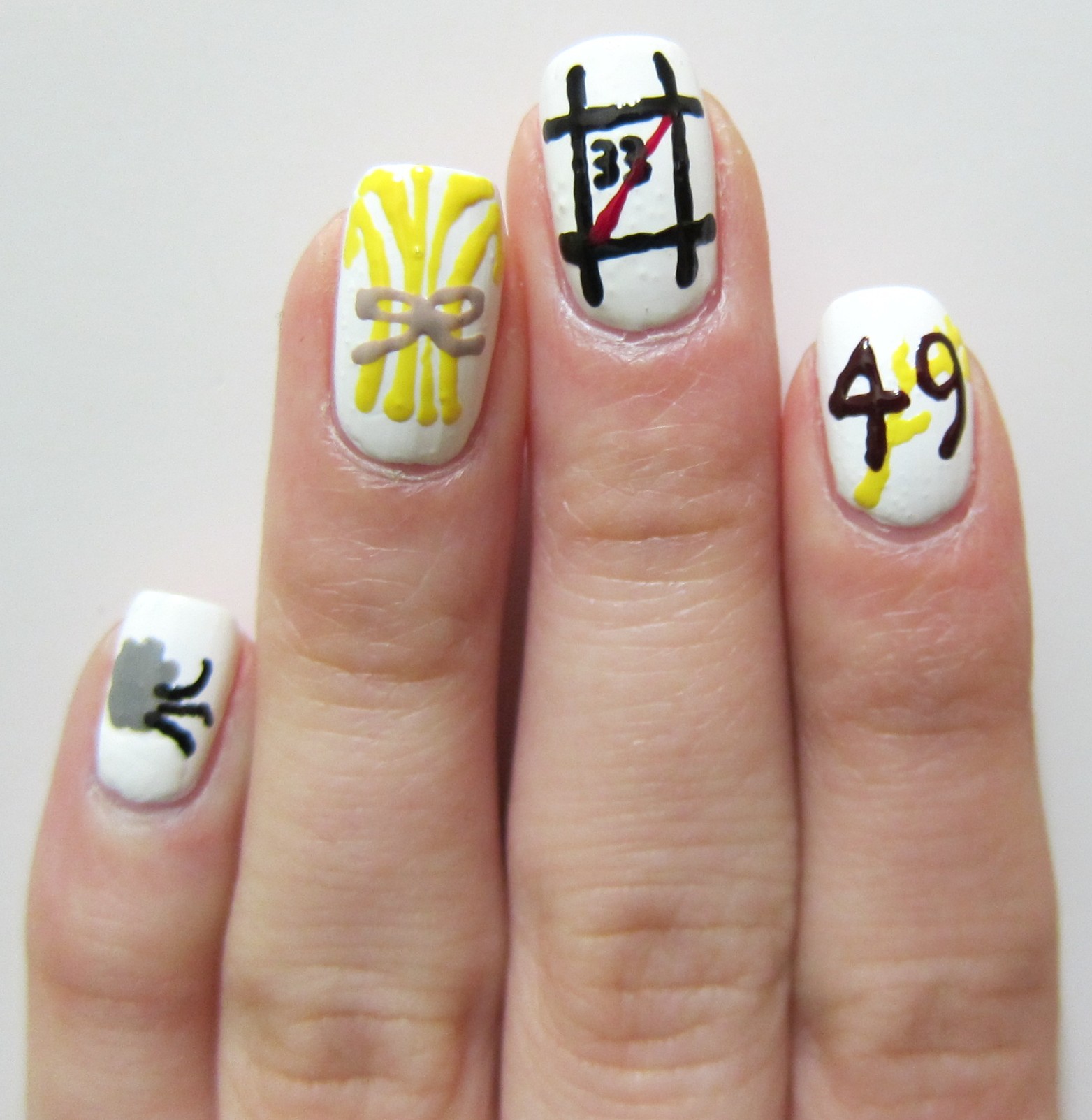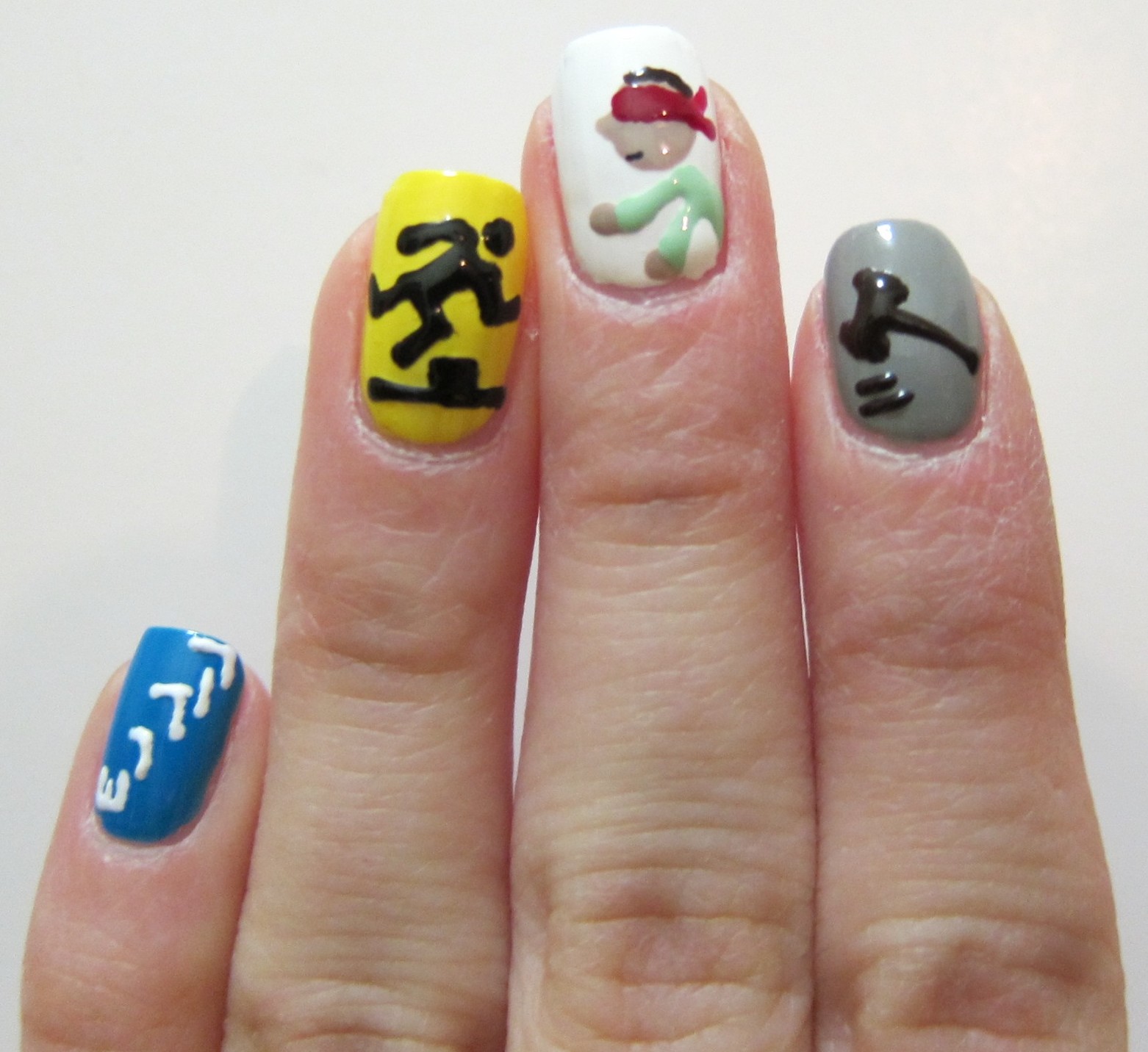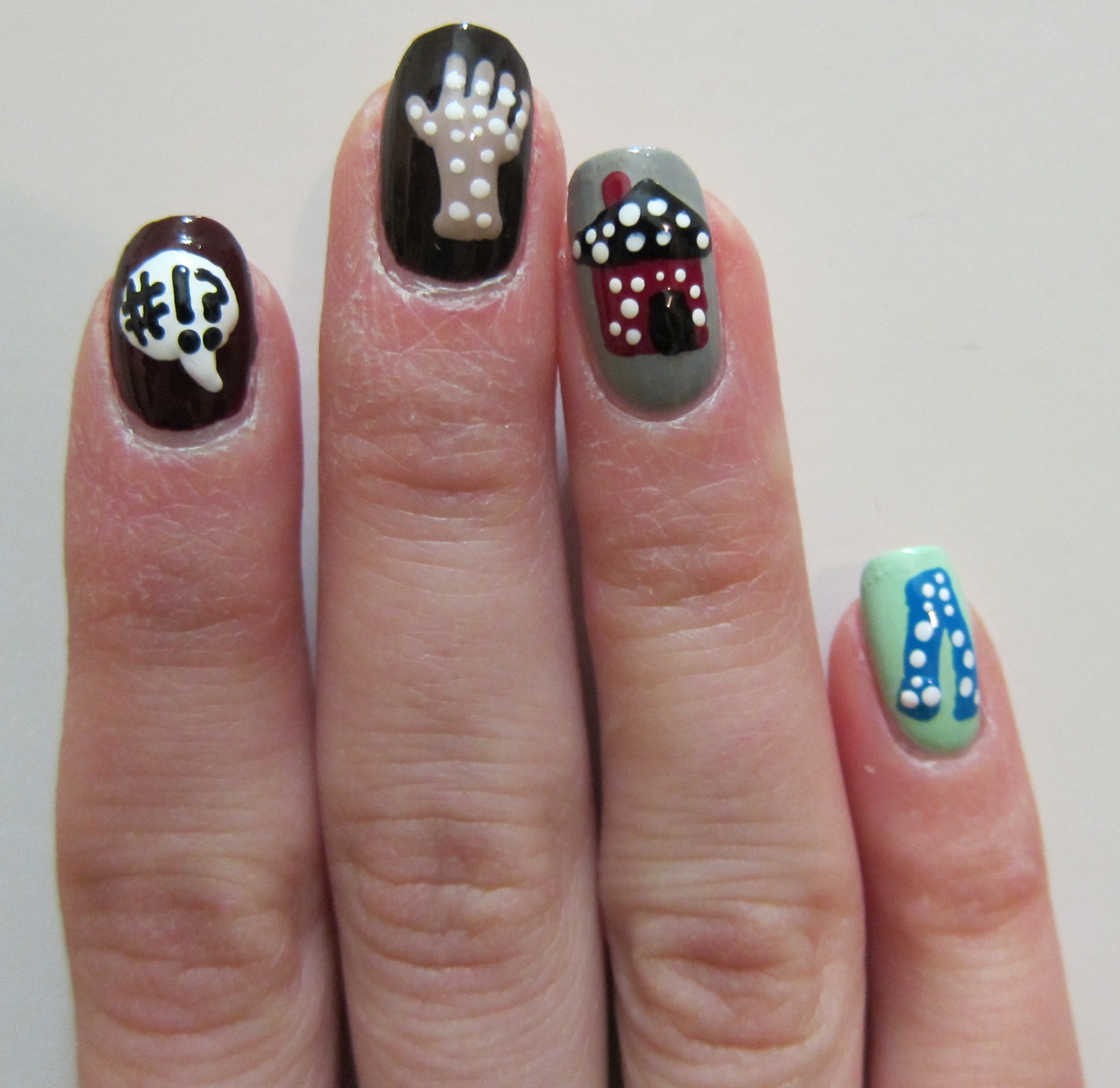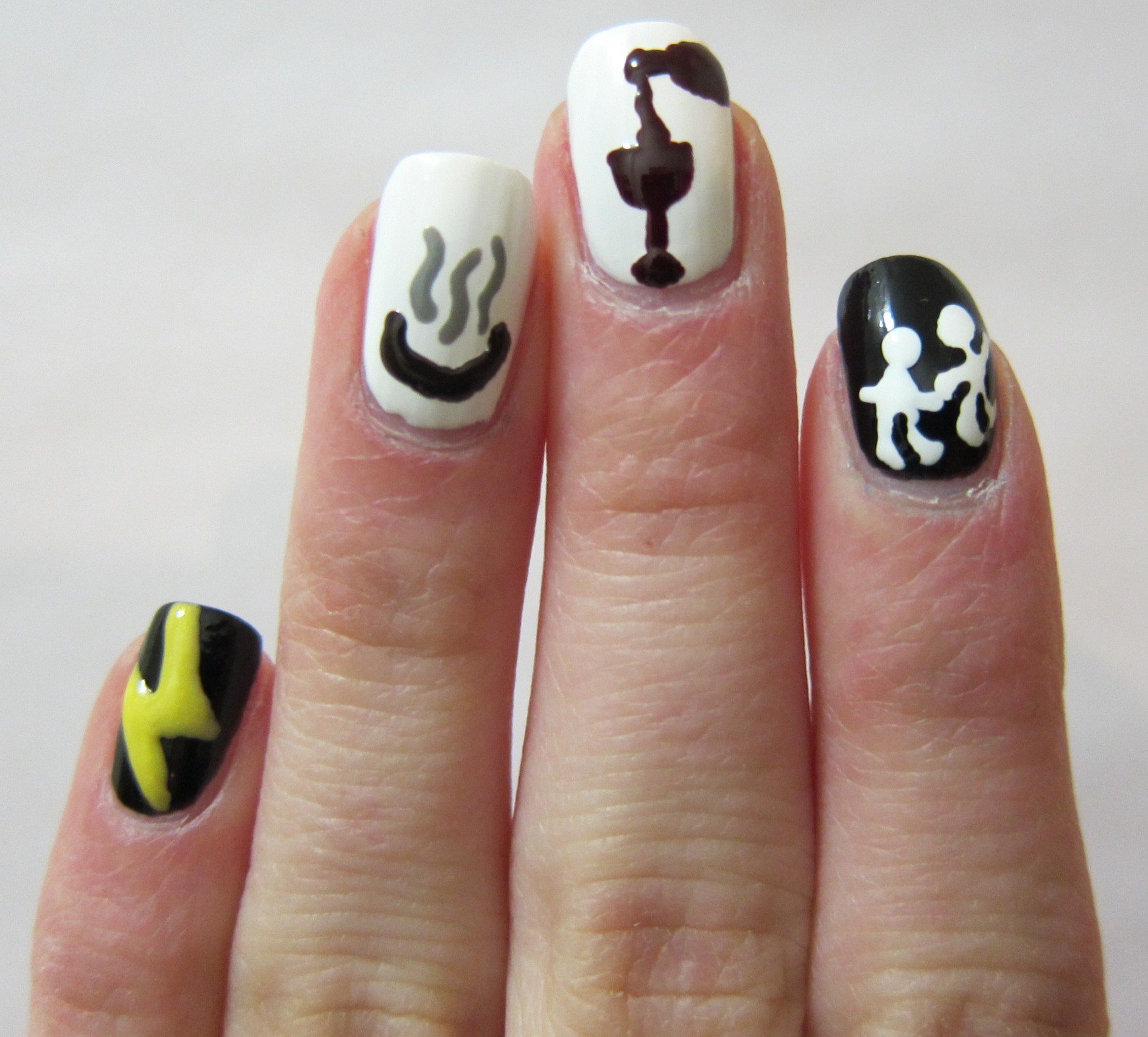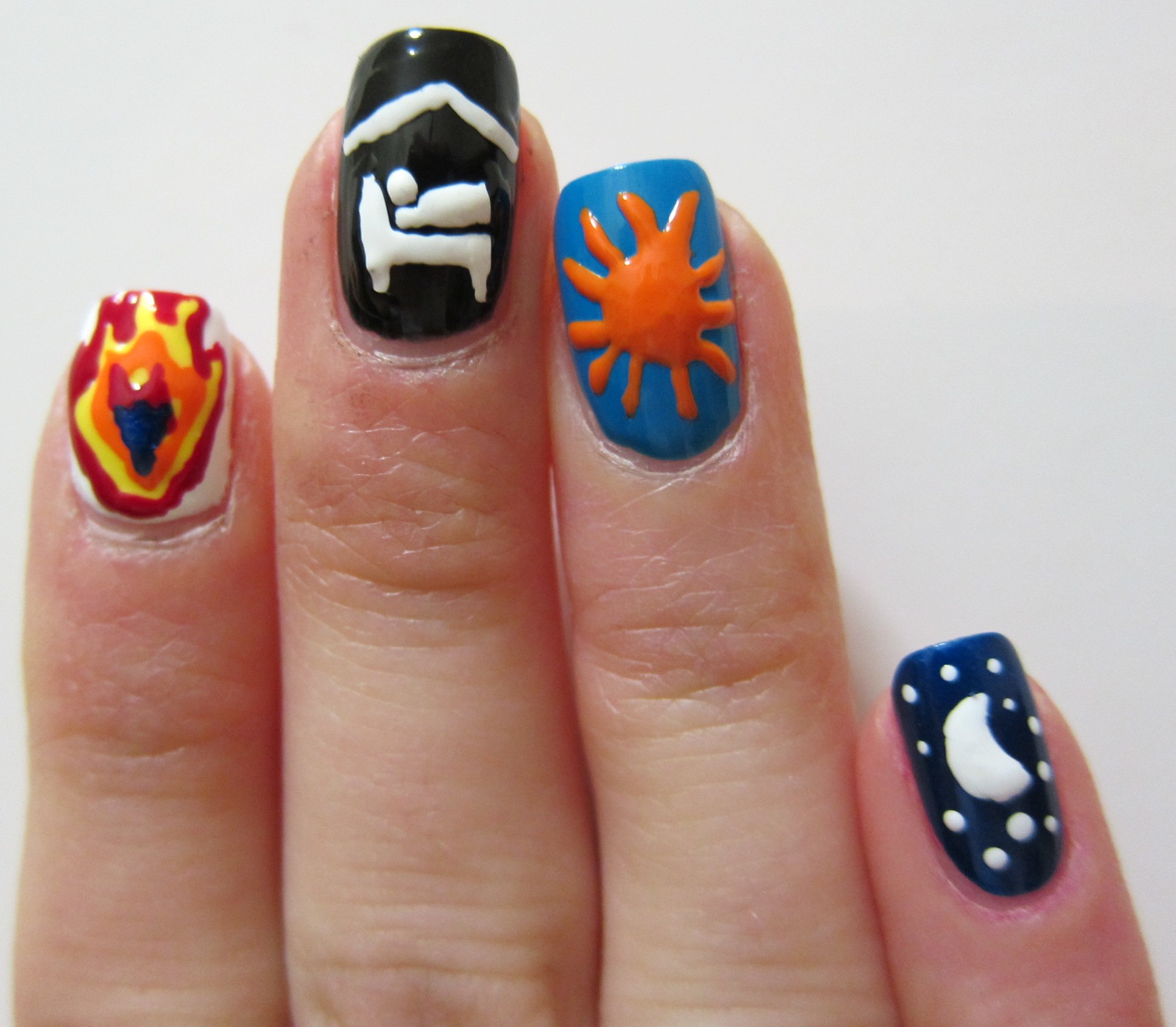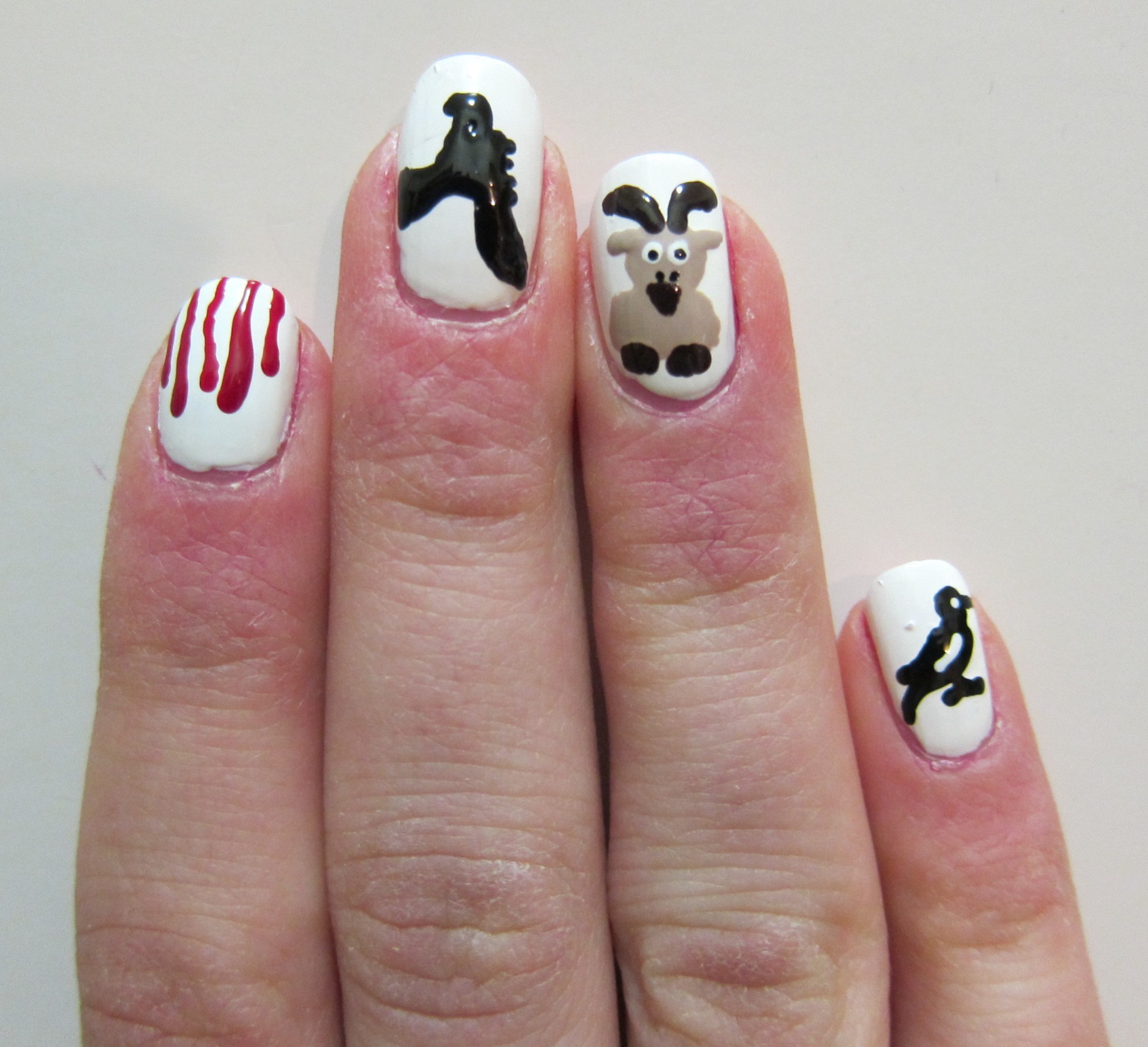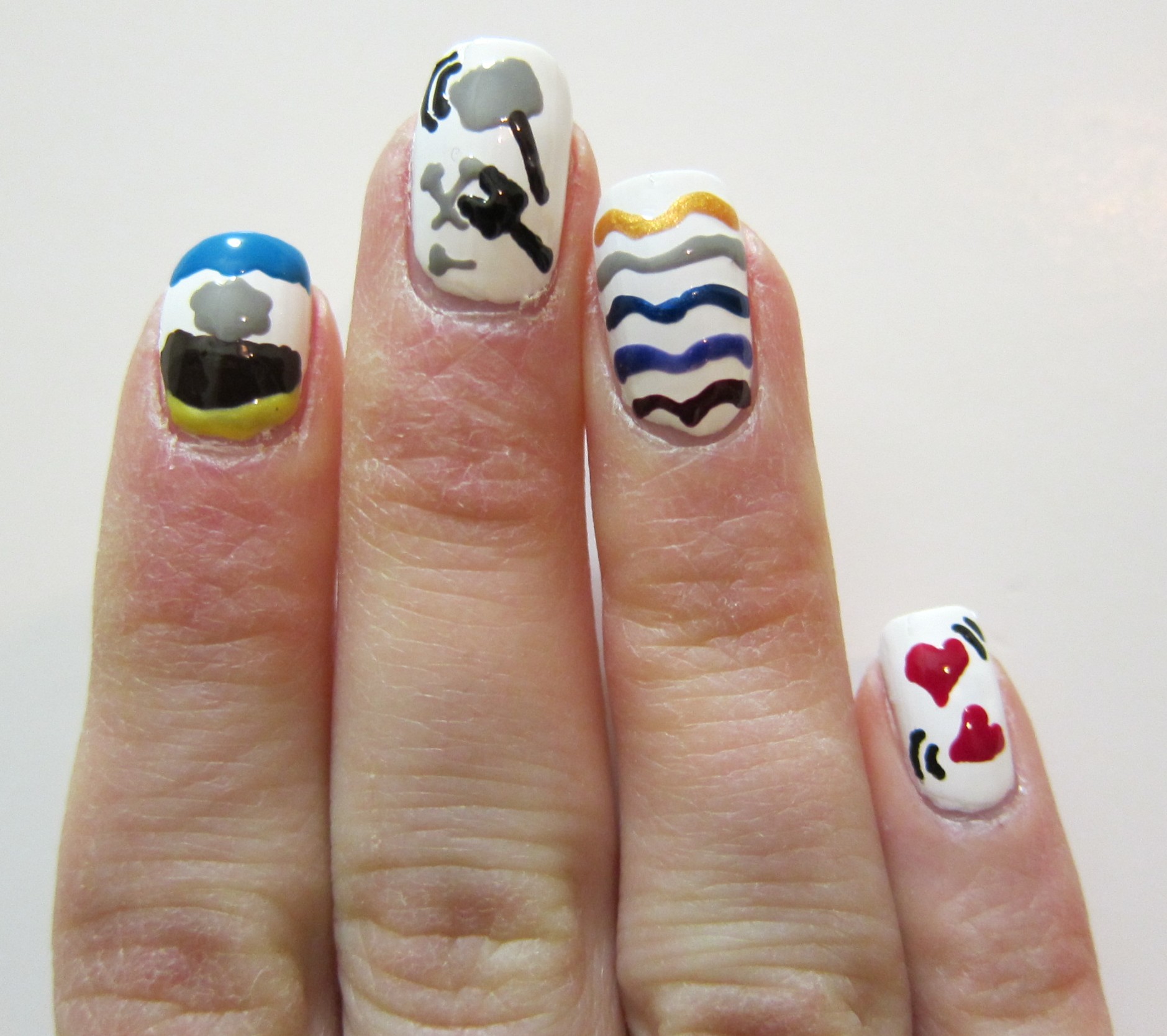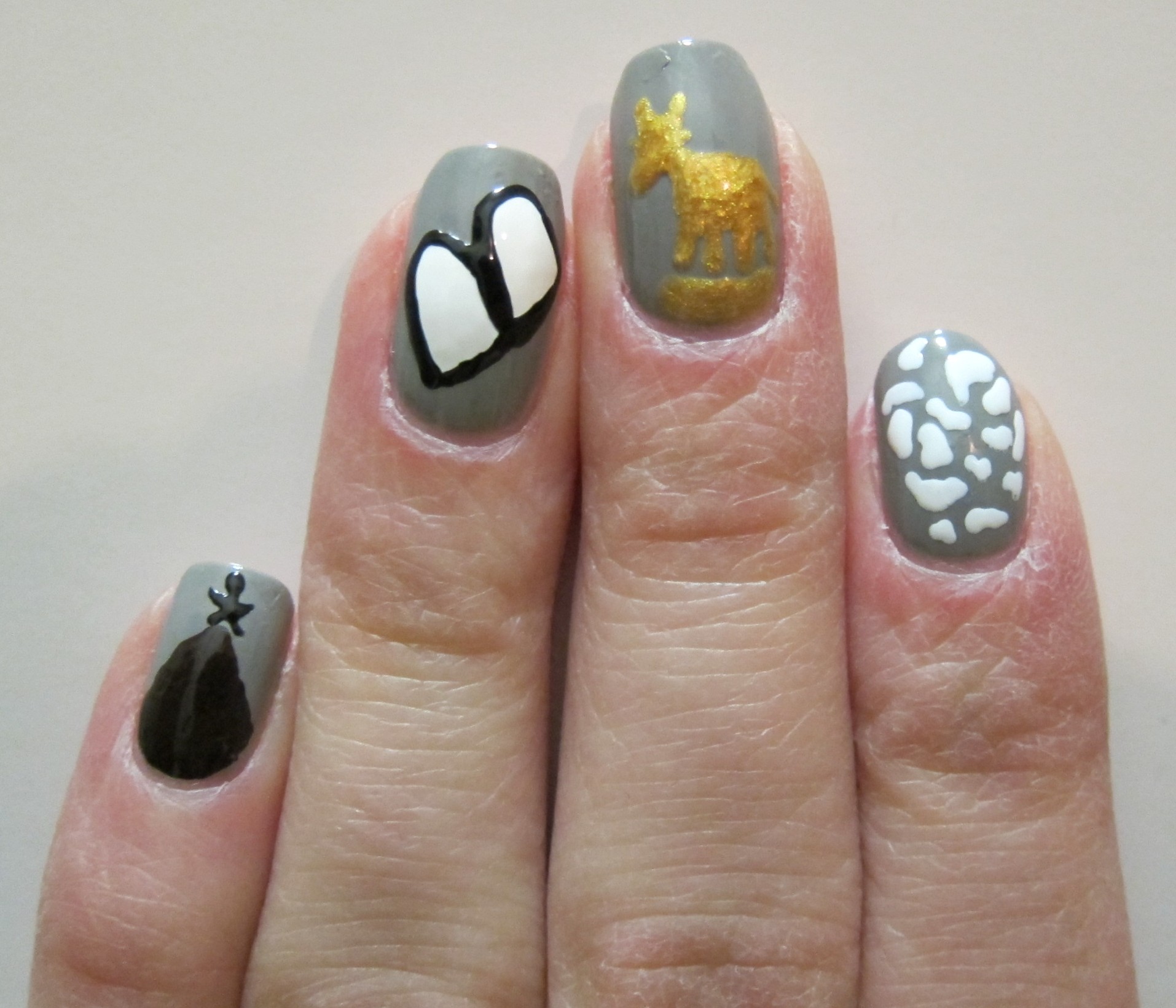 When I was fifteen, I bought a purple sweater from a local department store. When I went to put the sweater on to wear it, something didn’t feel right. I looked at the tag to discover that it was 60% wool and 40% linen. “Shatnez,” I gasped as the sweater fell right to the floor. Shatnez, the prohibition to wear garments that combine wool and linen, is featured in this week’s Parasha, Ki Tetze. After returning the sweater, I wondered why Shatnez was prohibited in the first place. Shatnez is categorized as a “Chok,” a law in the Torah that cannot be explained. We do know, however, that the Kohanim were commanded to wear garments that contained Shatnez, so perhaps Shatnez was meant to delineate Bnai Yisrael from the priestly class.
When I was fifteen, I bought a purple sweater from a local department store. When I went to put the sweater on to wear it, something didn’t feel right. I looked at the tag to discover that it was 60% wool and 40% linen. “Shatnez,” I gasped as the sweater fell right to the floor. Shatnez, the prohibition to wear garments that combine wool and linen, is featured in this week’s Parasha, Ki Tetze. After returning the sweater, I wondered why Shatnez was prohibited in the first place. Shatnez is categorized as a “Chok,” a law in the Torah that cannot be explained. We do know, however, that the Kohanim were commanded to wear garments that contained Shatnez, so perhaps Shatnez was meant to delineate Bnai Yisrael from the priestly class.

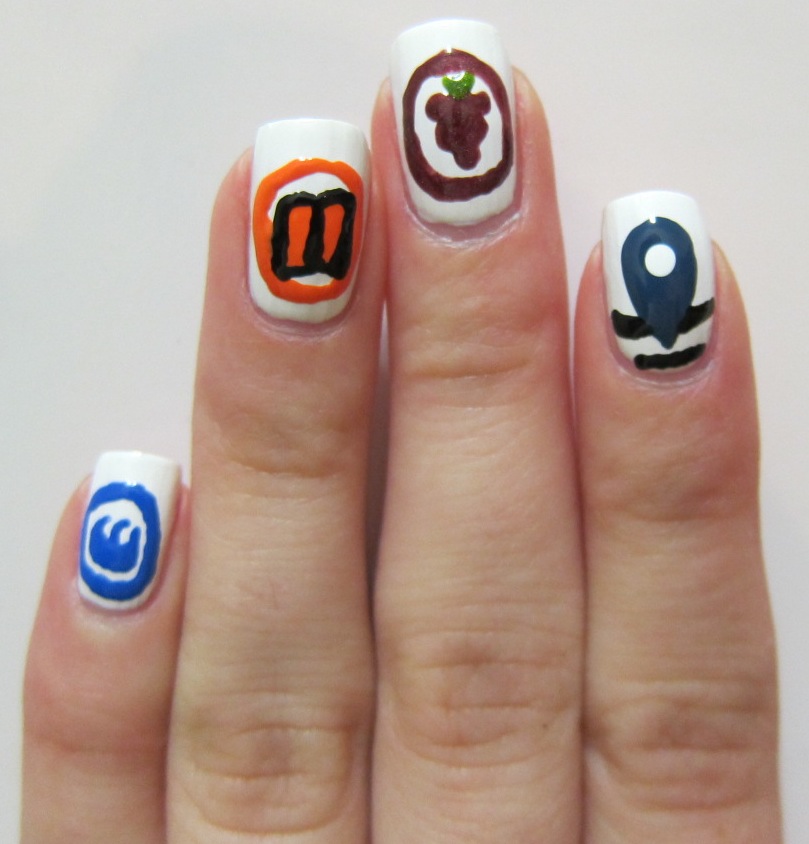
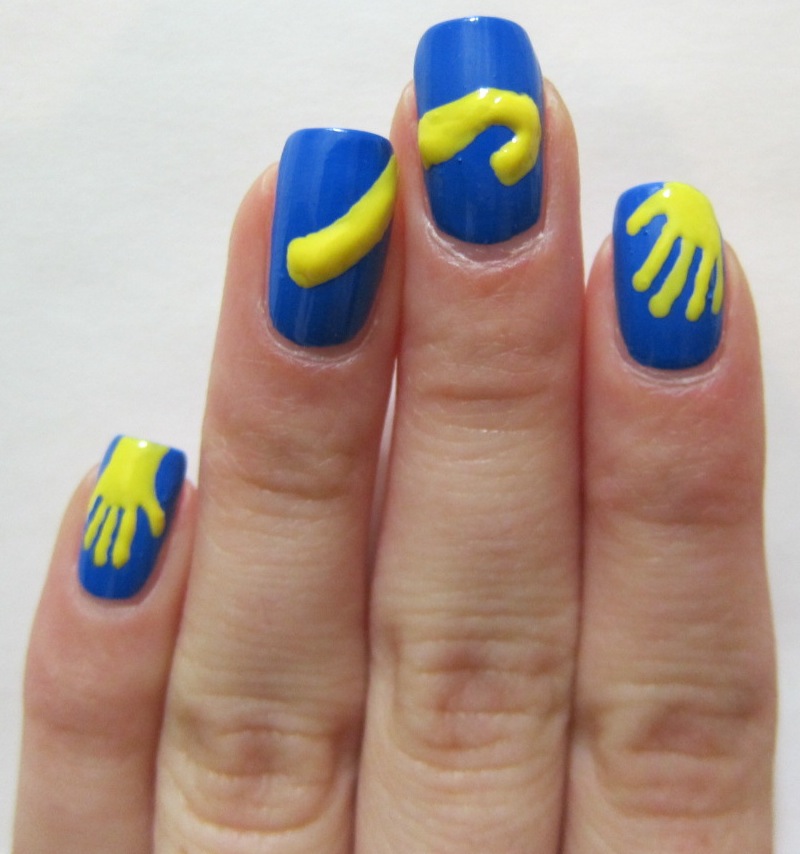
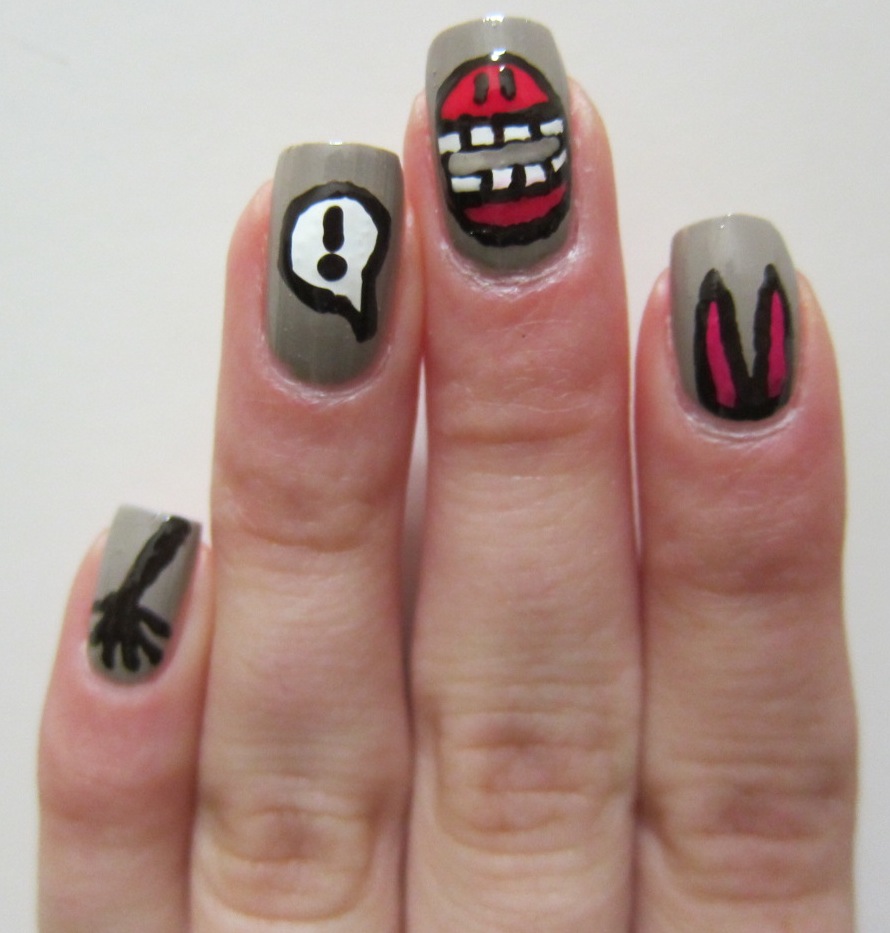

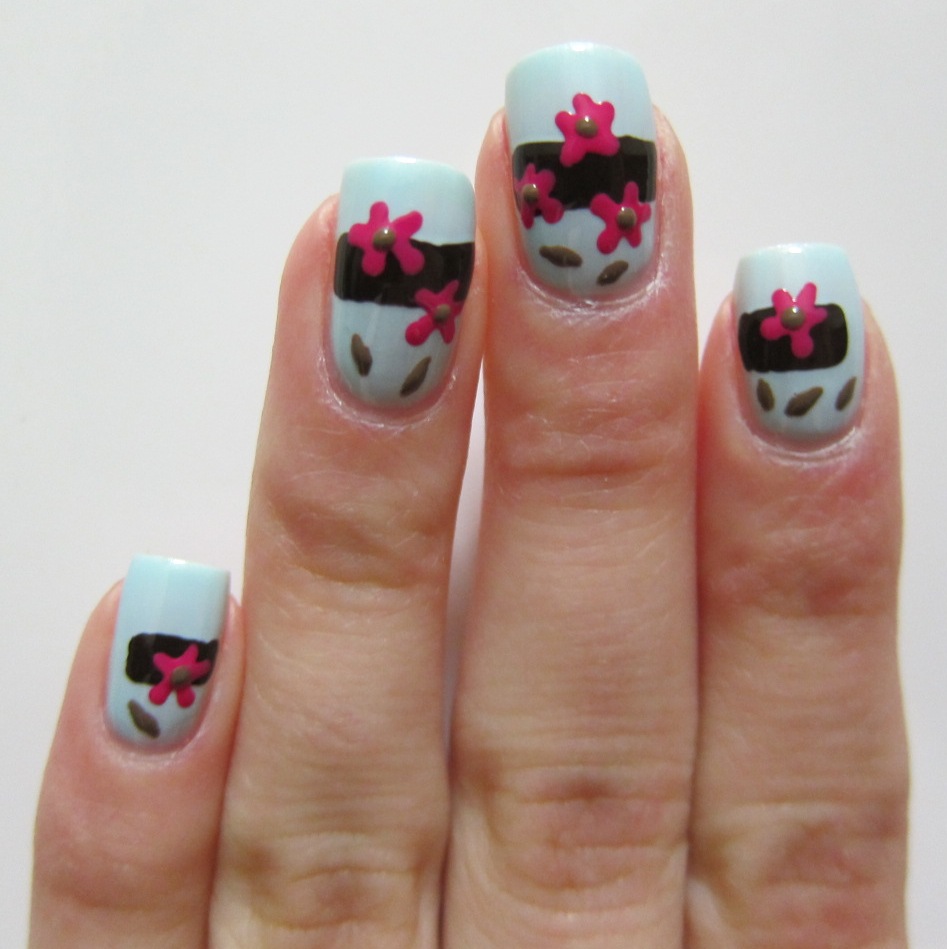

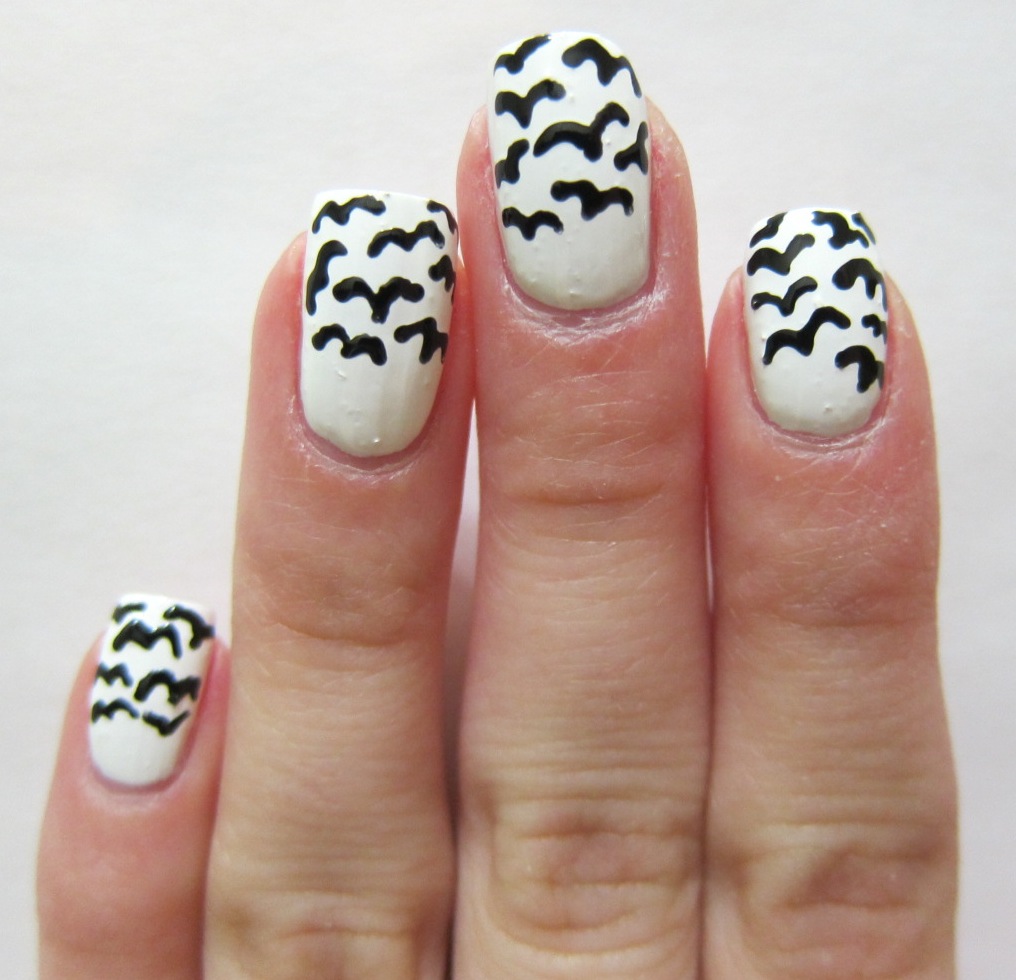
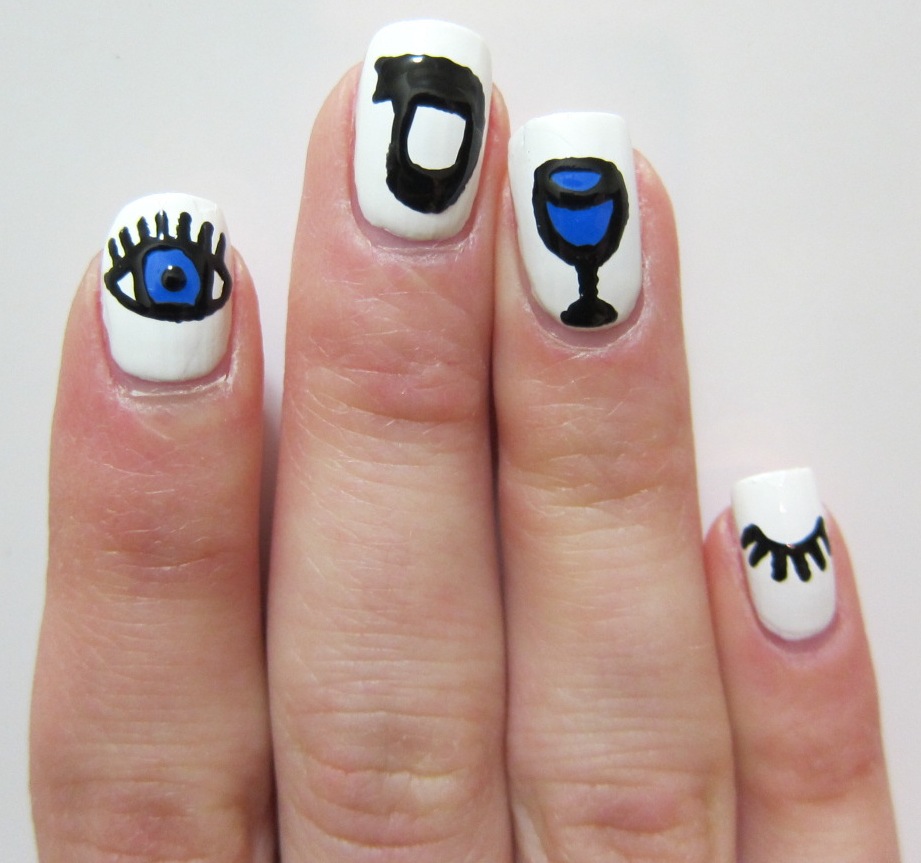
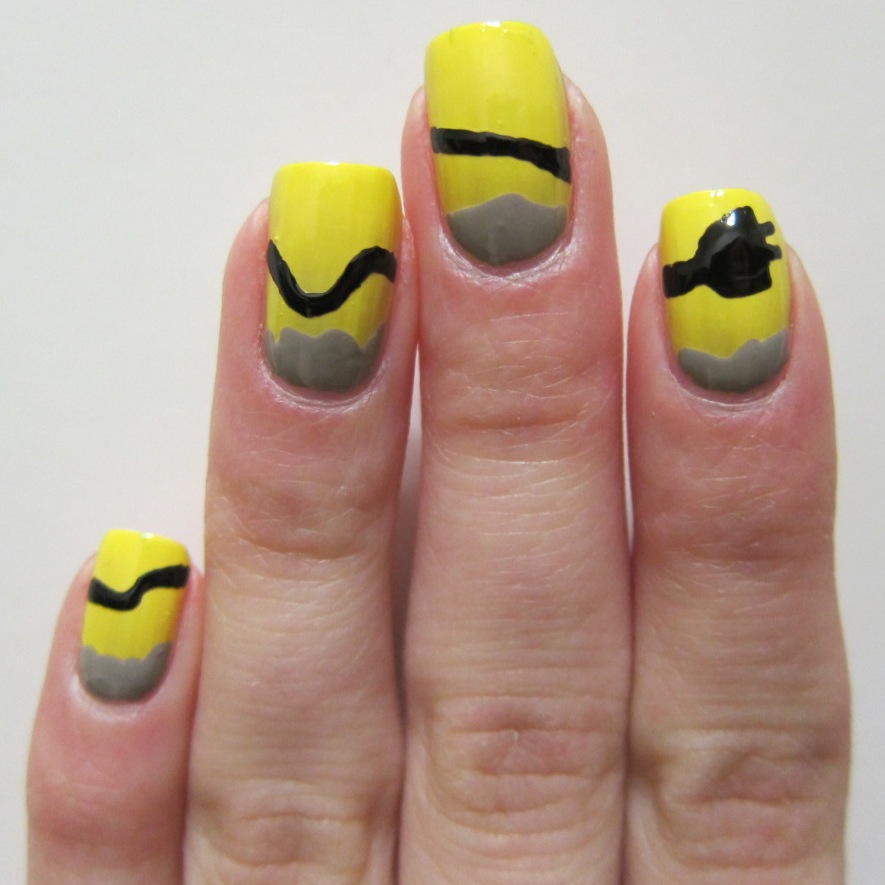
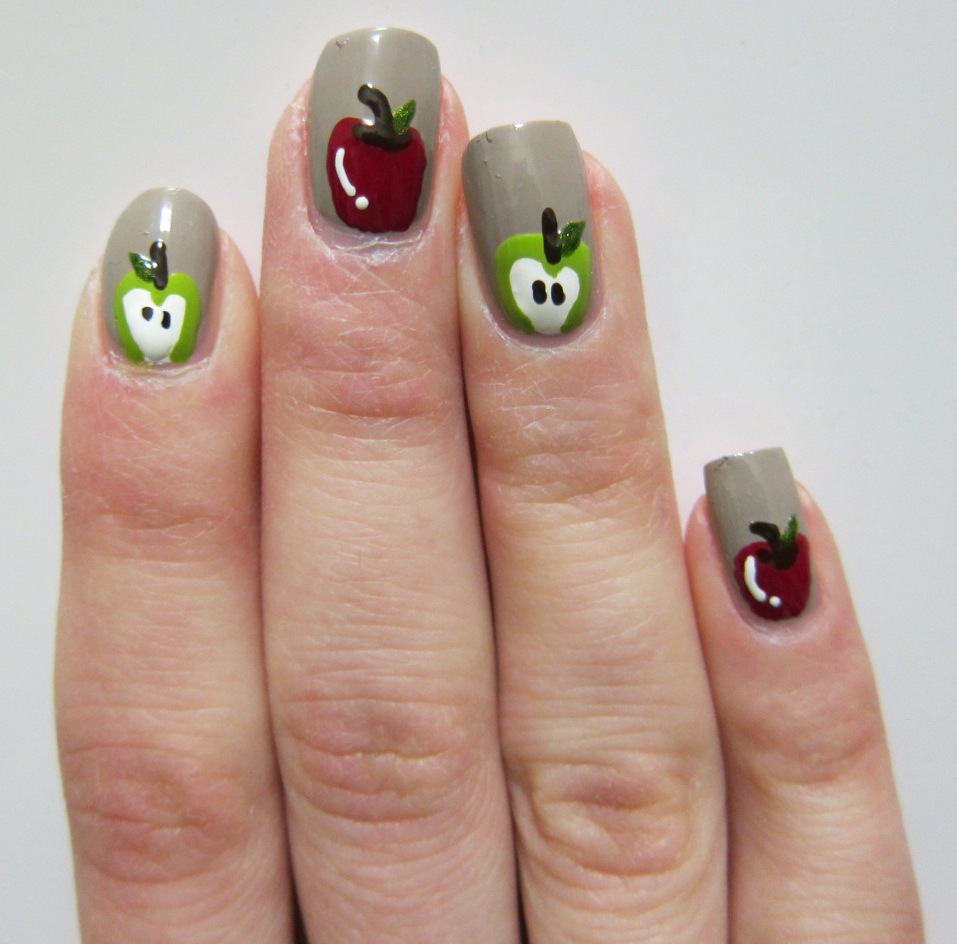
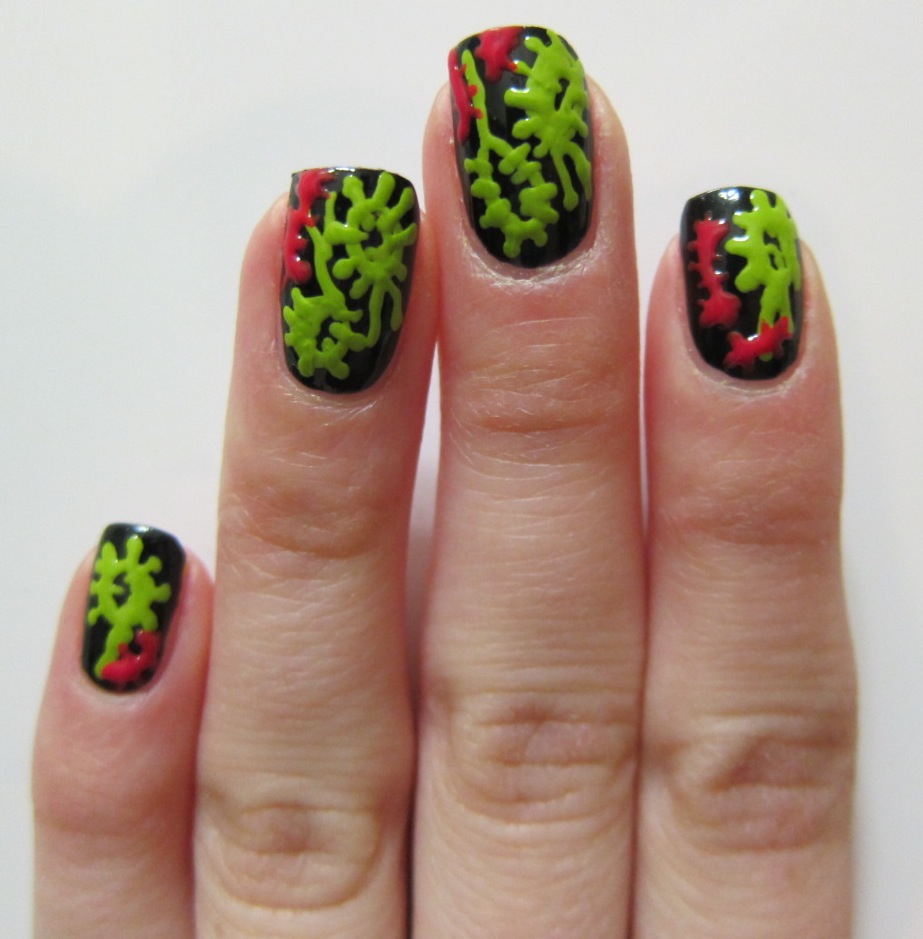

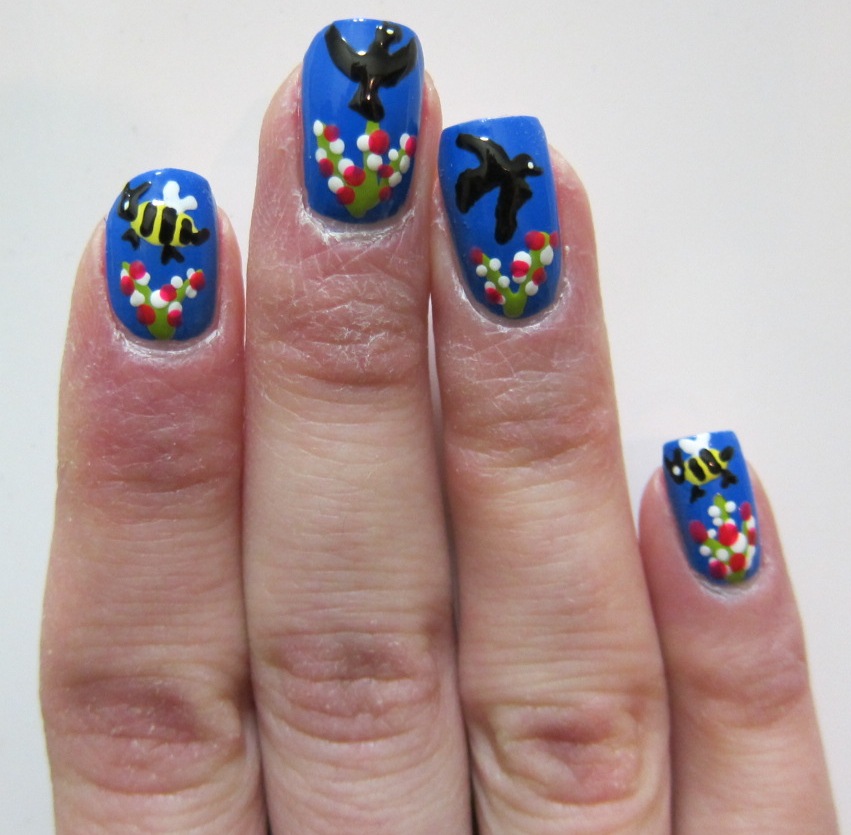
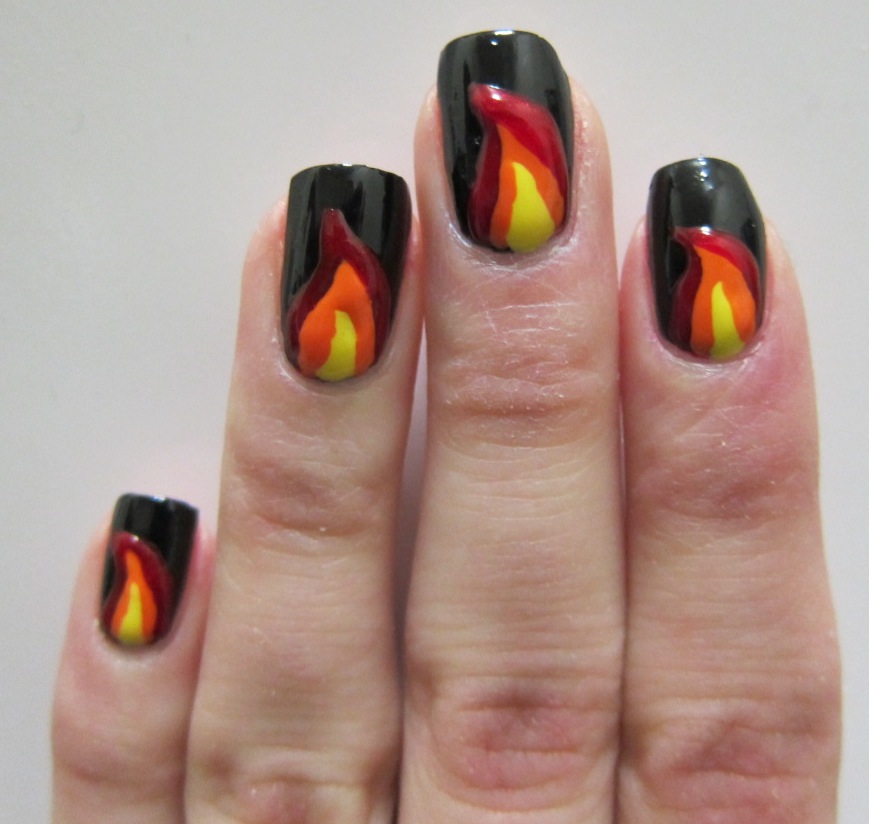

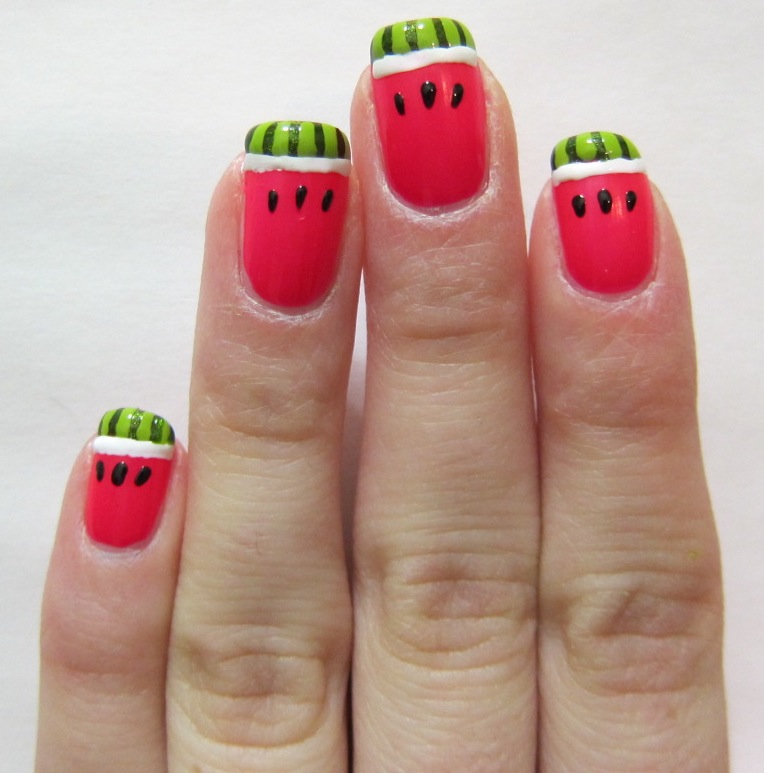
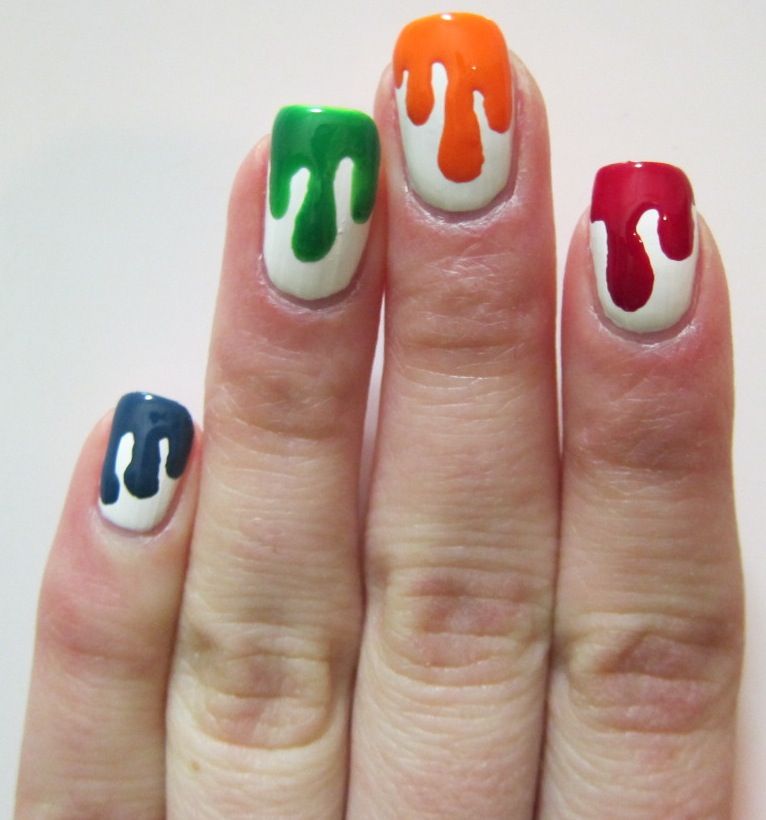
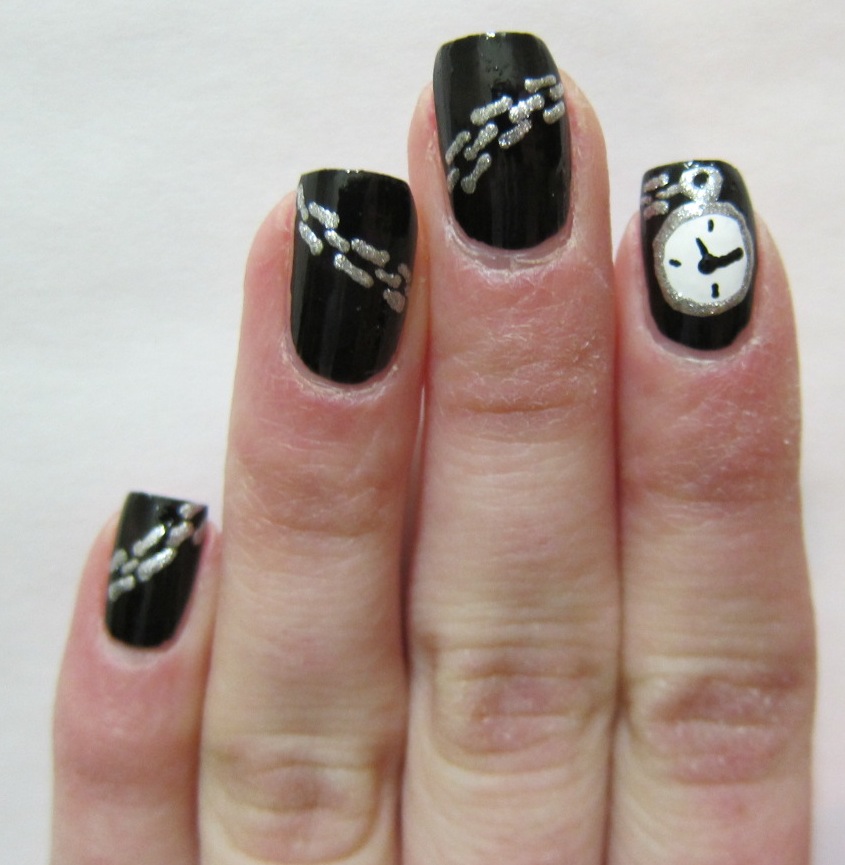
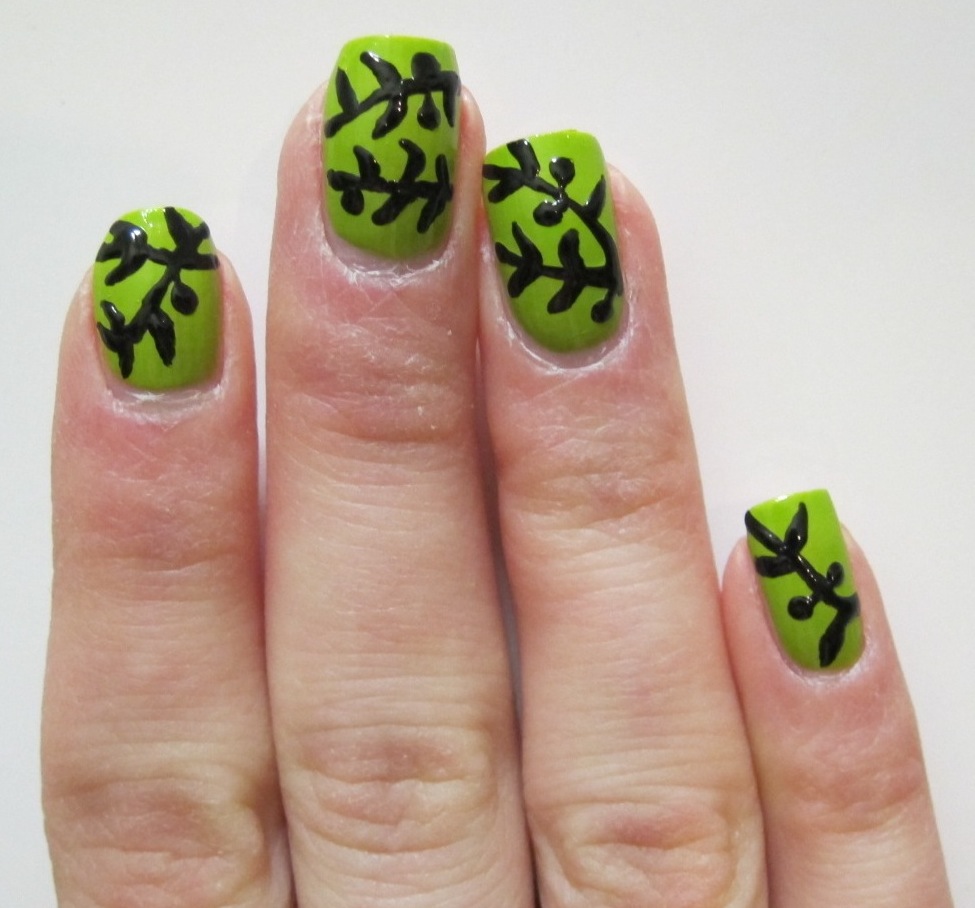
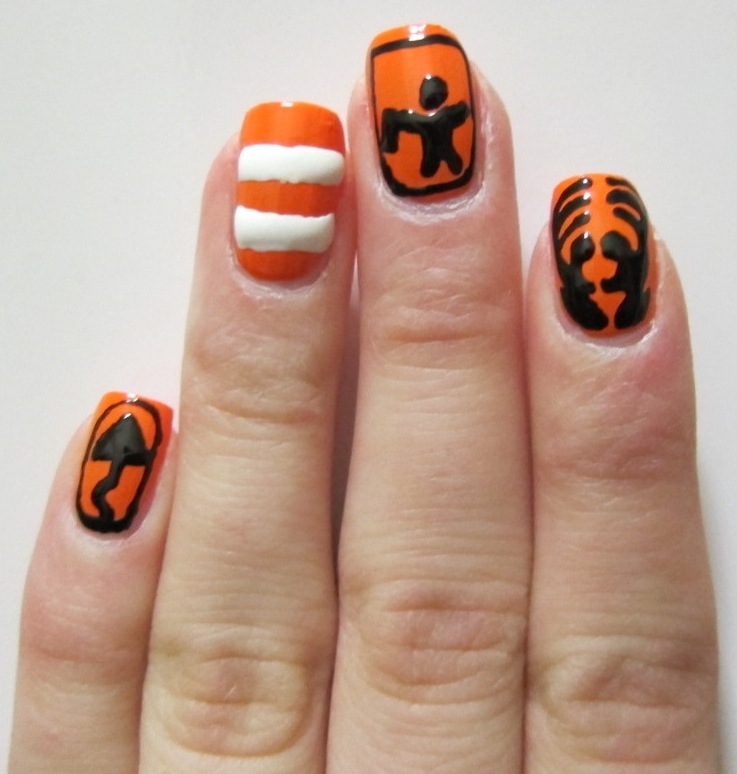
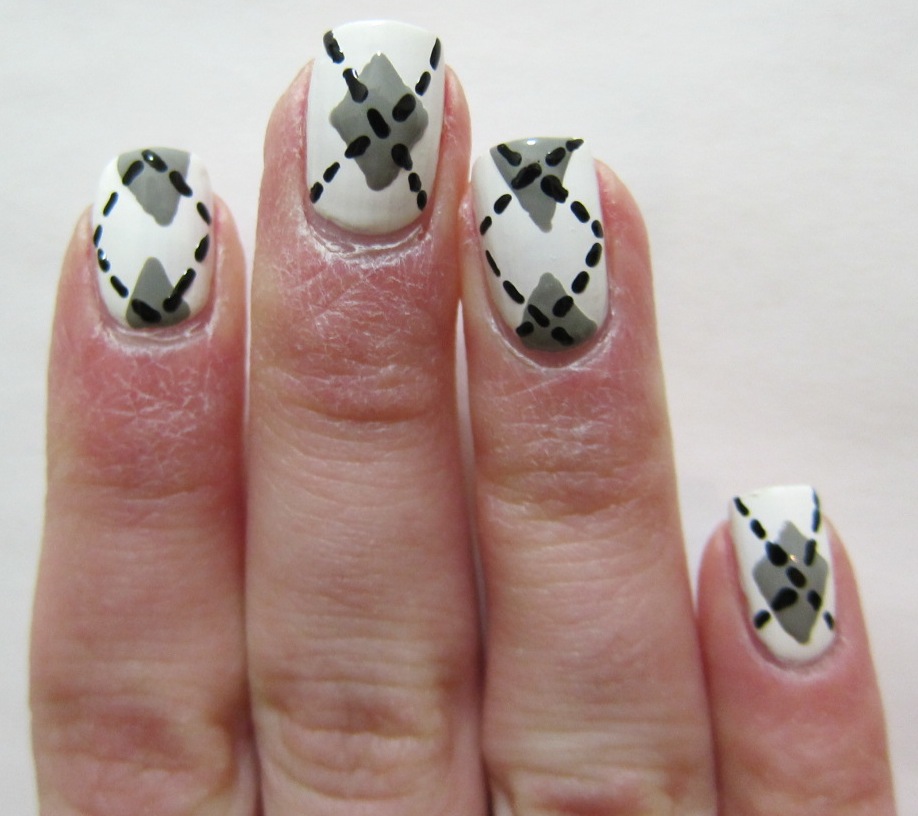
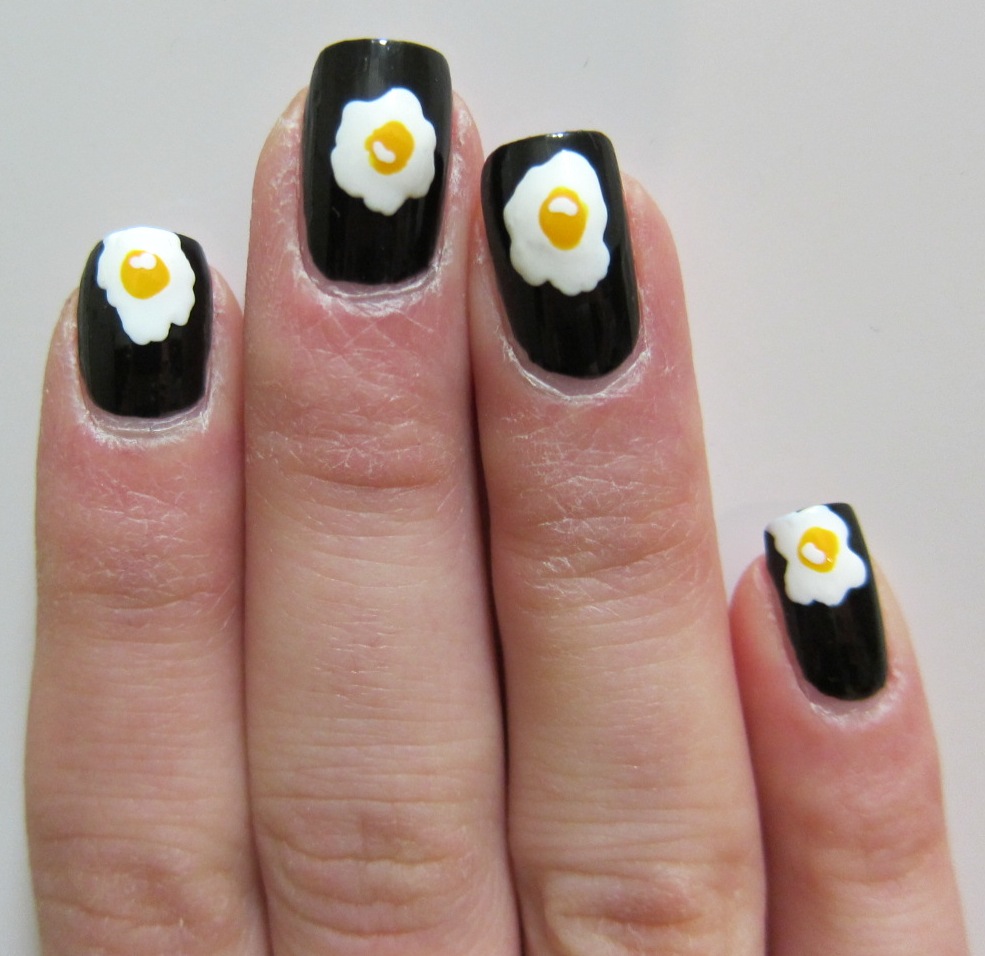
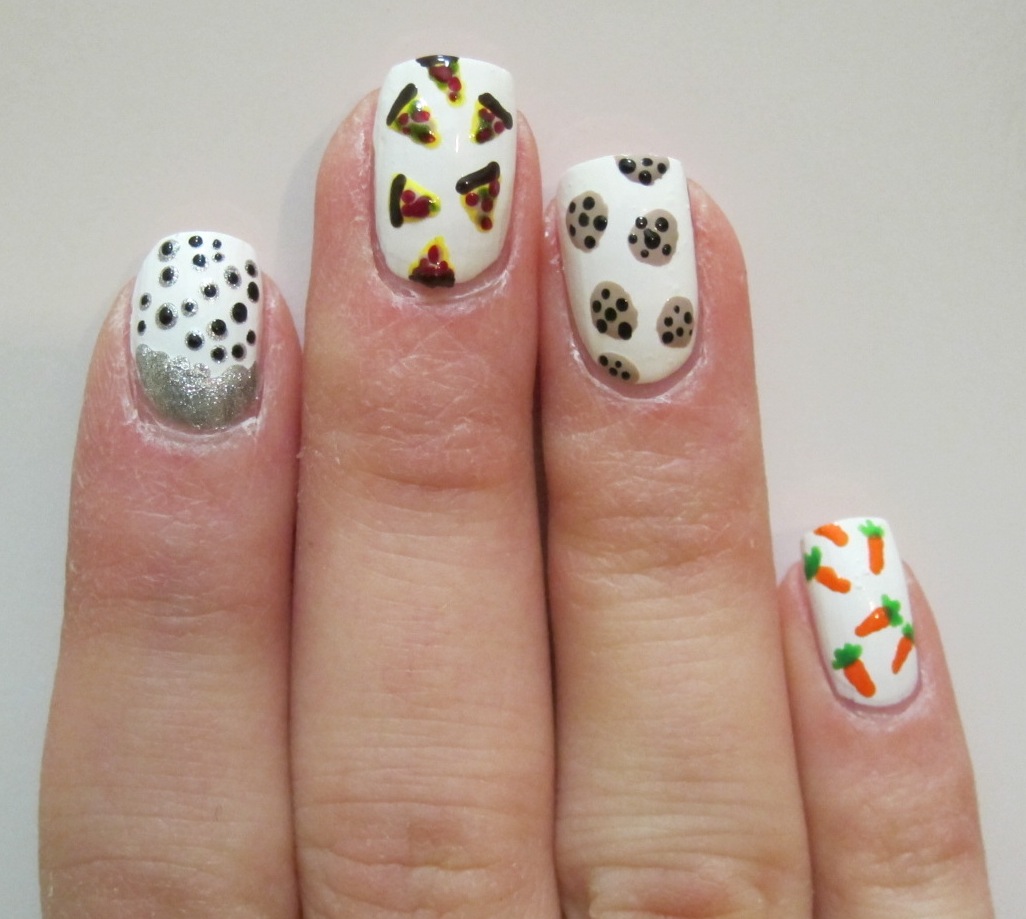
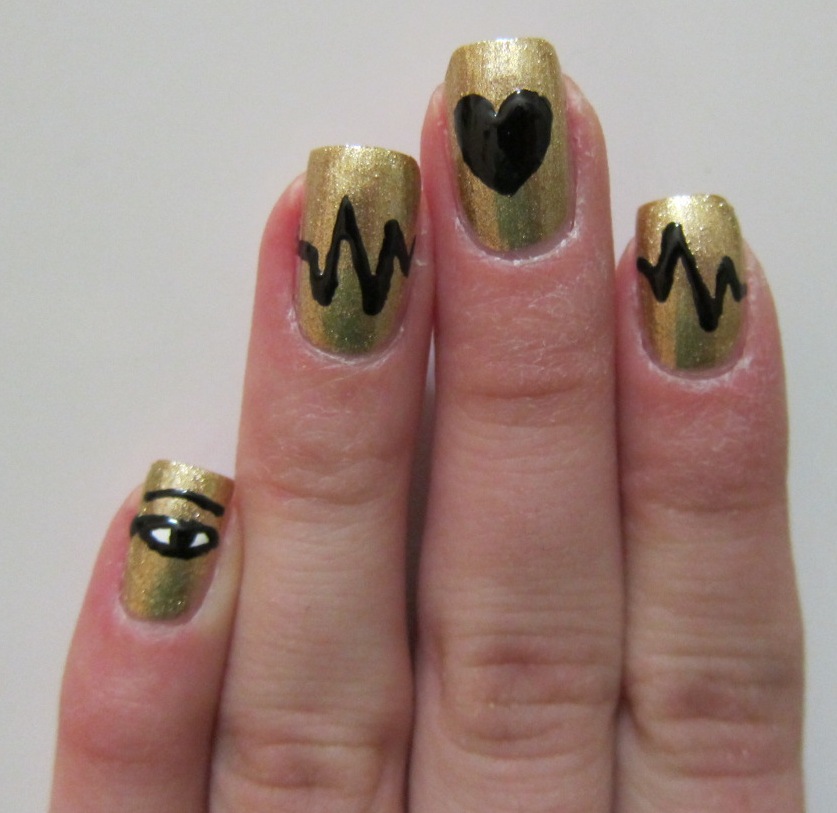
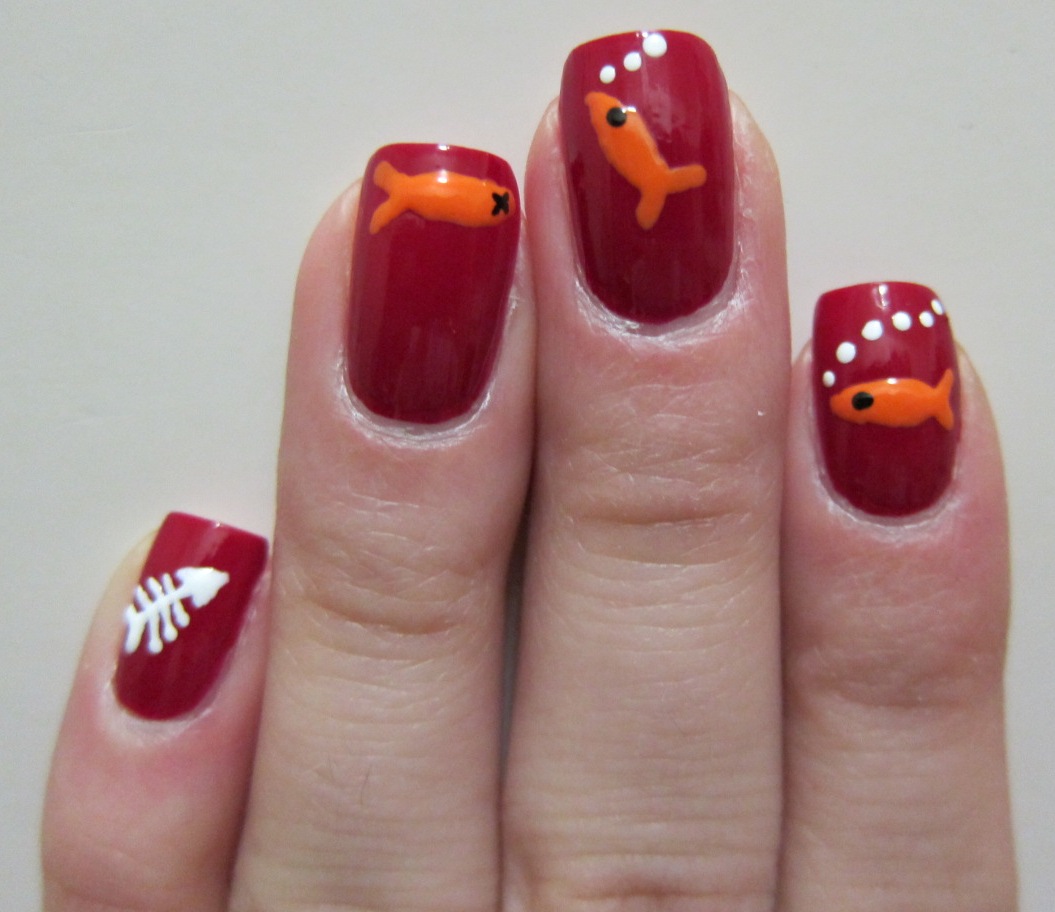
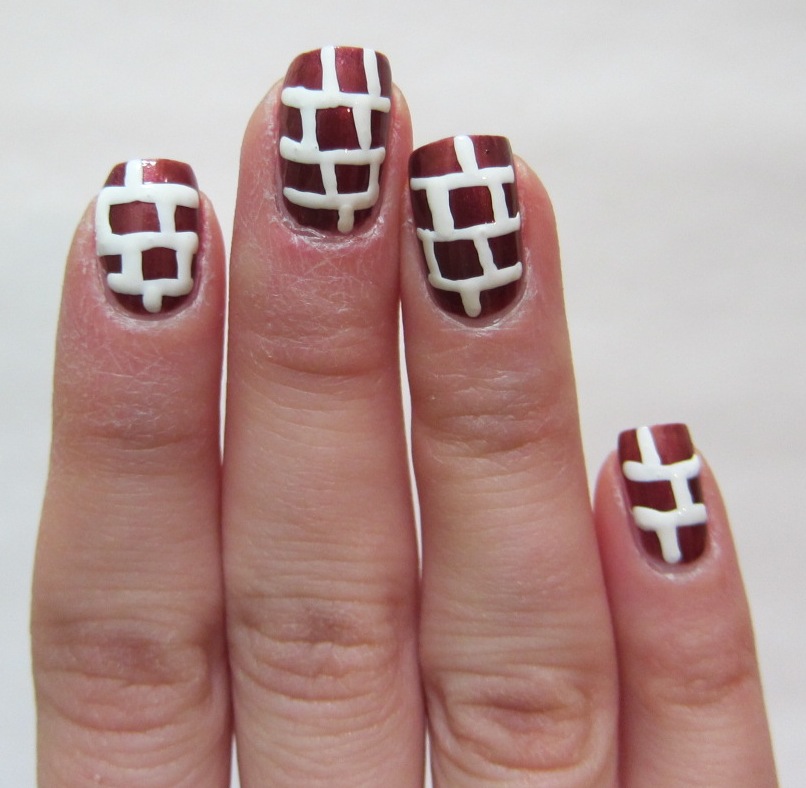
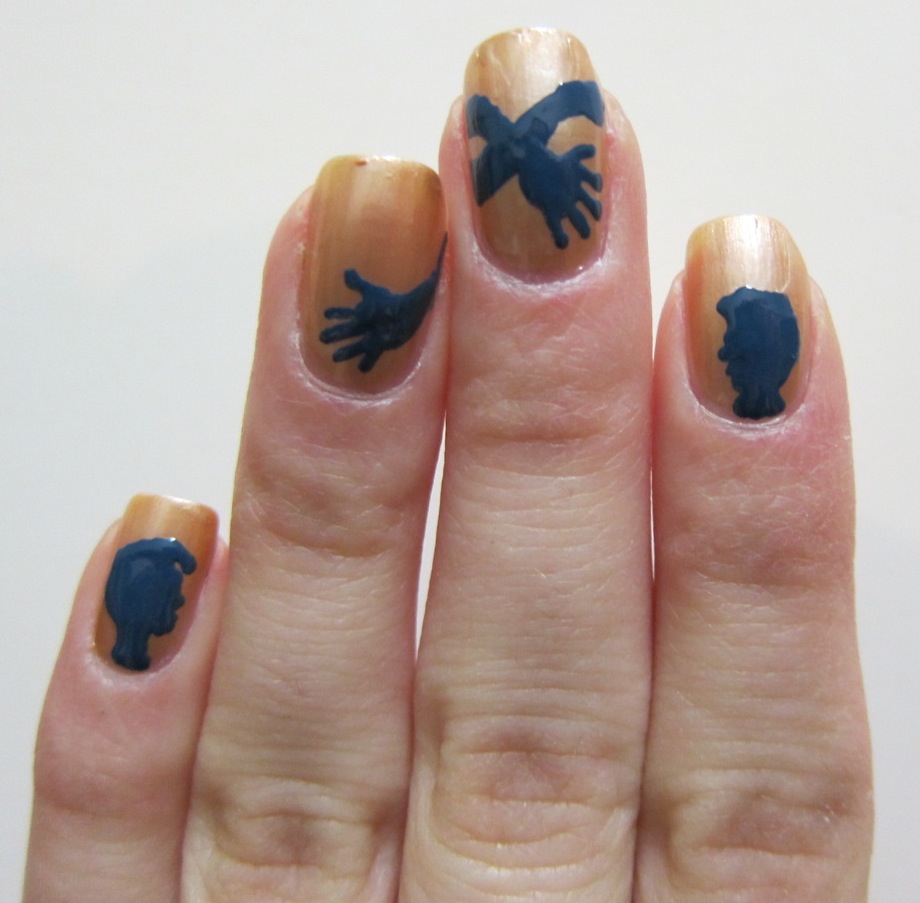
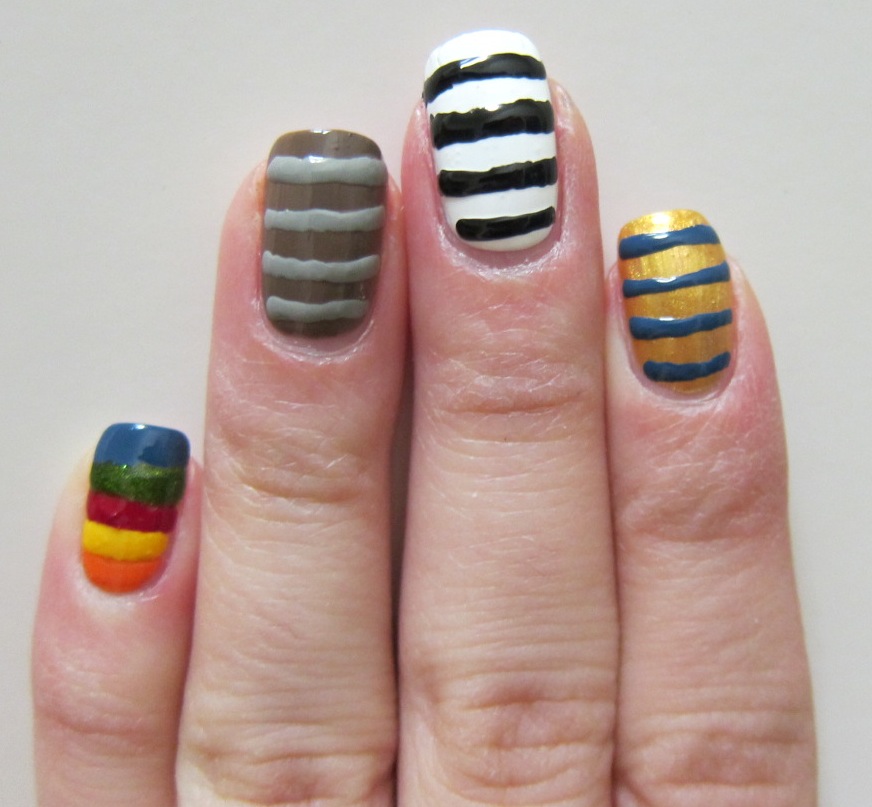
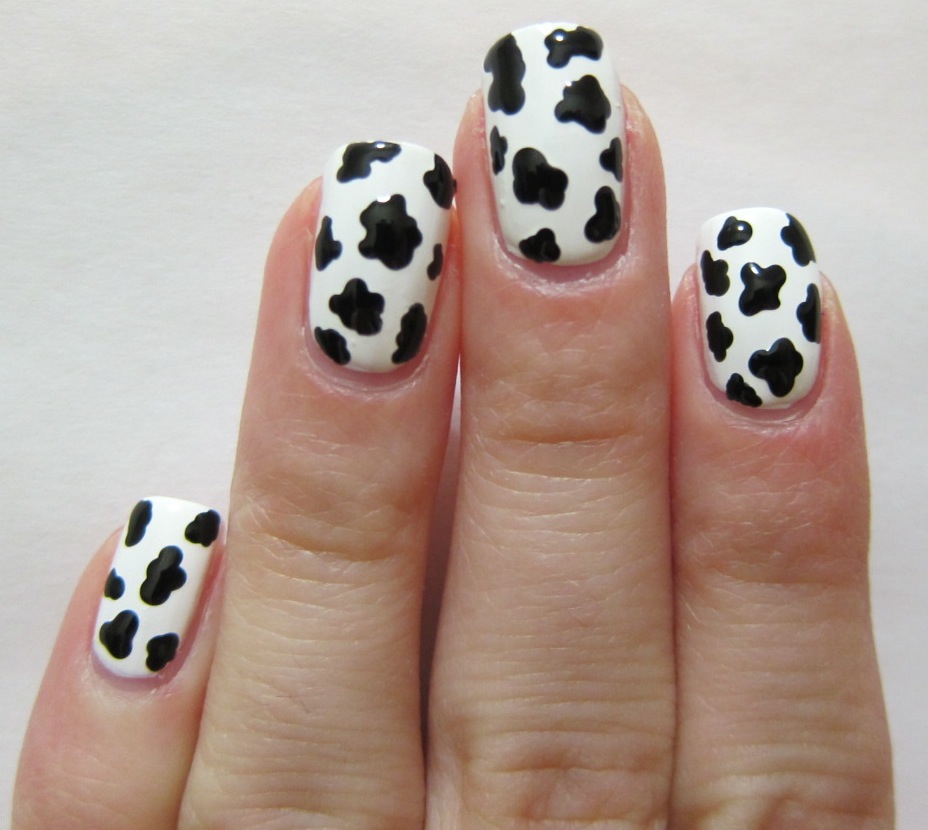
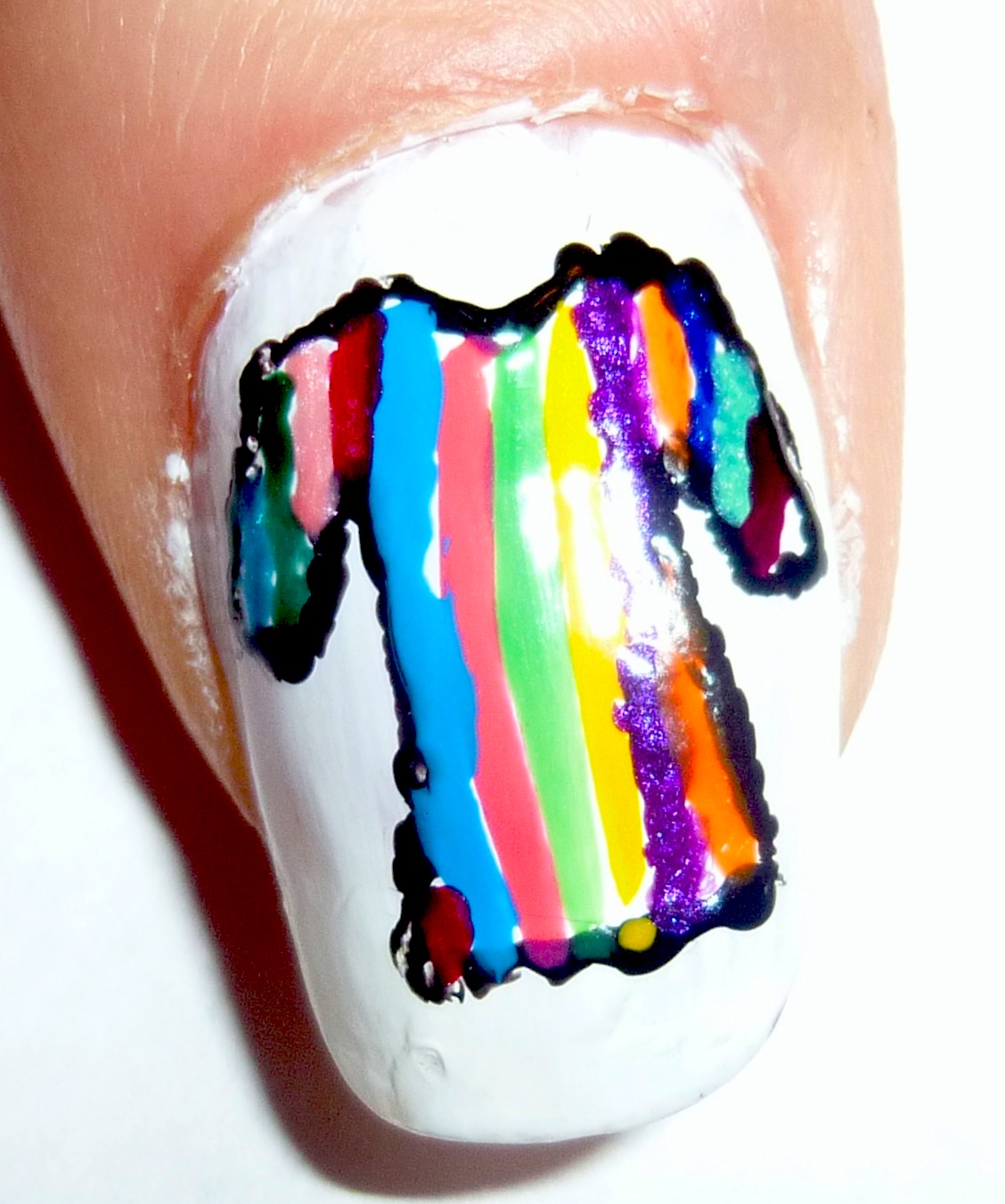
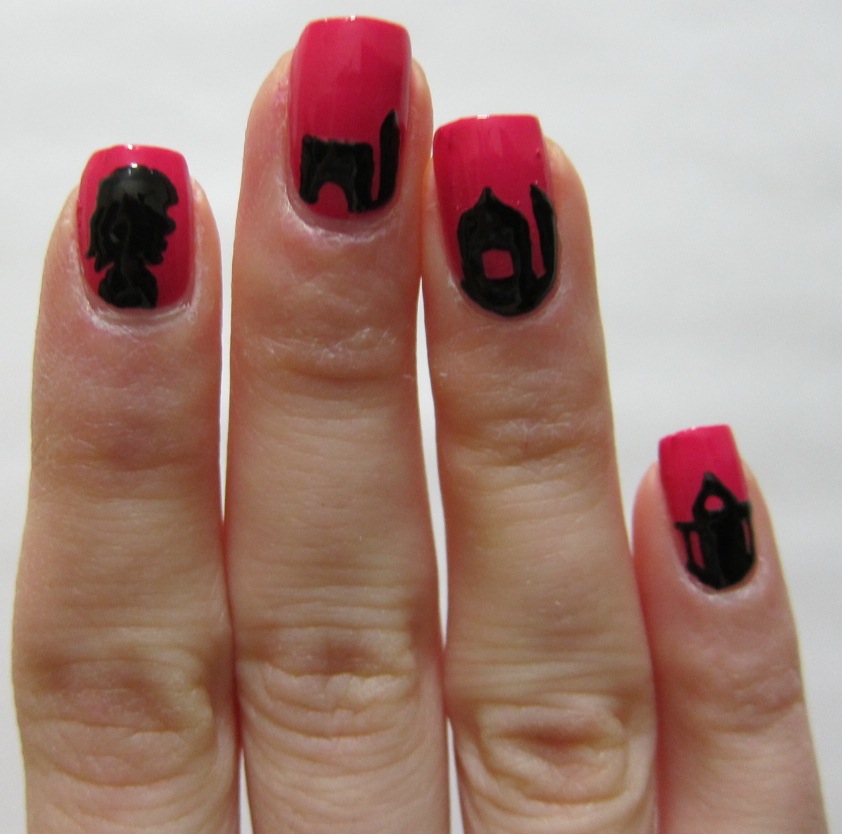
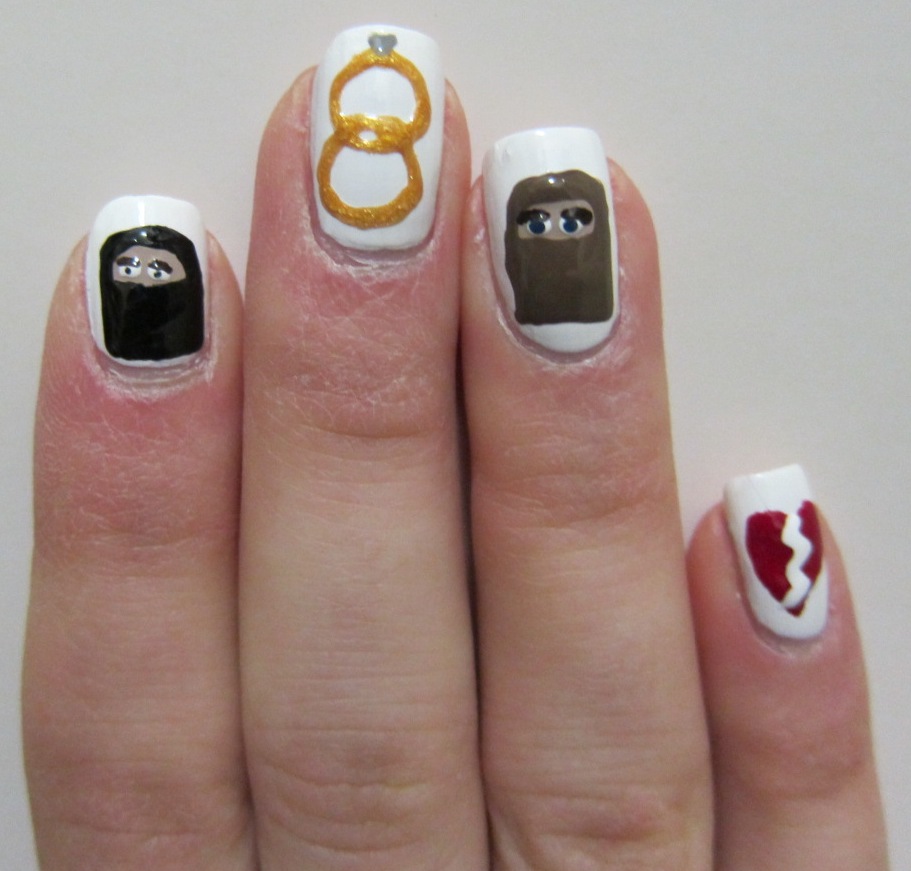
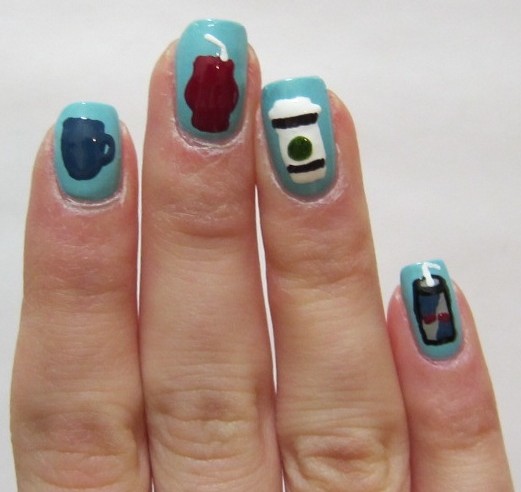
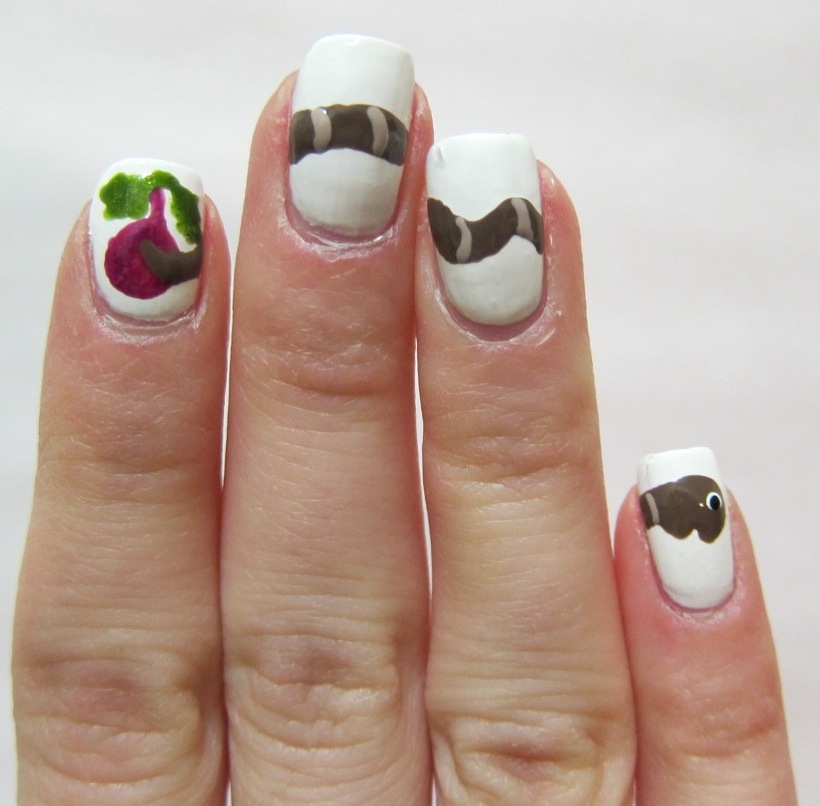
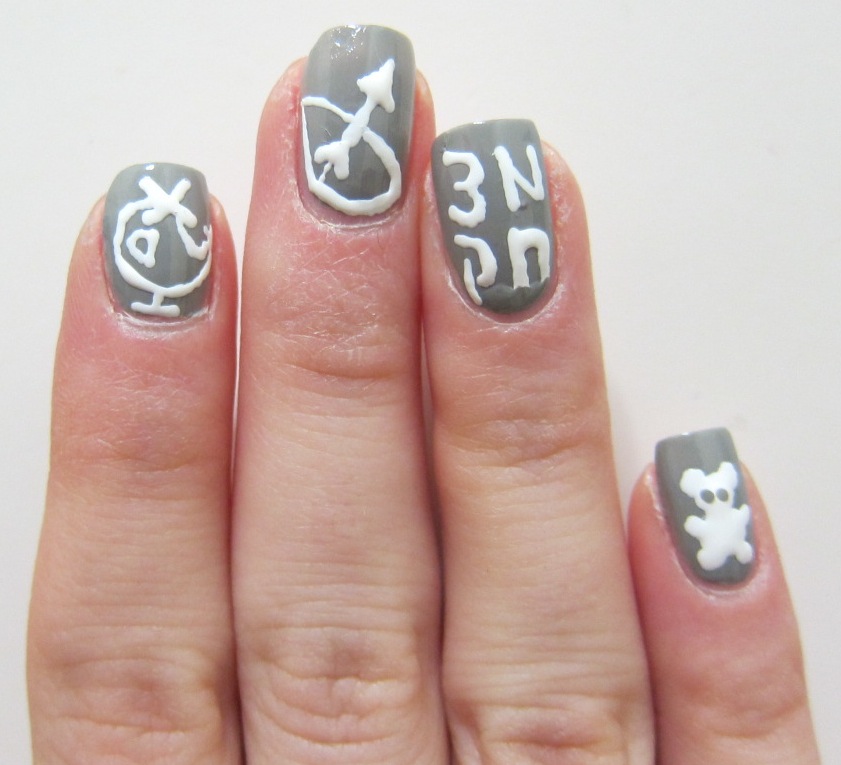
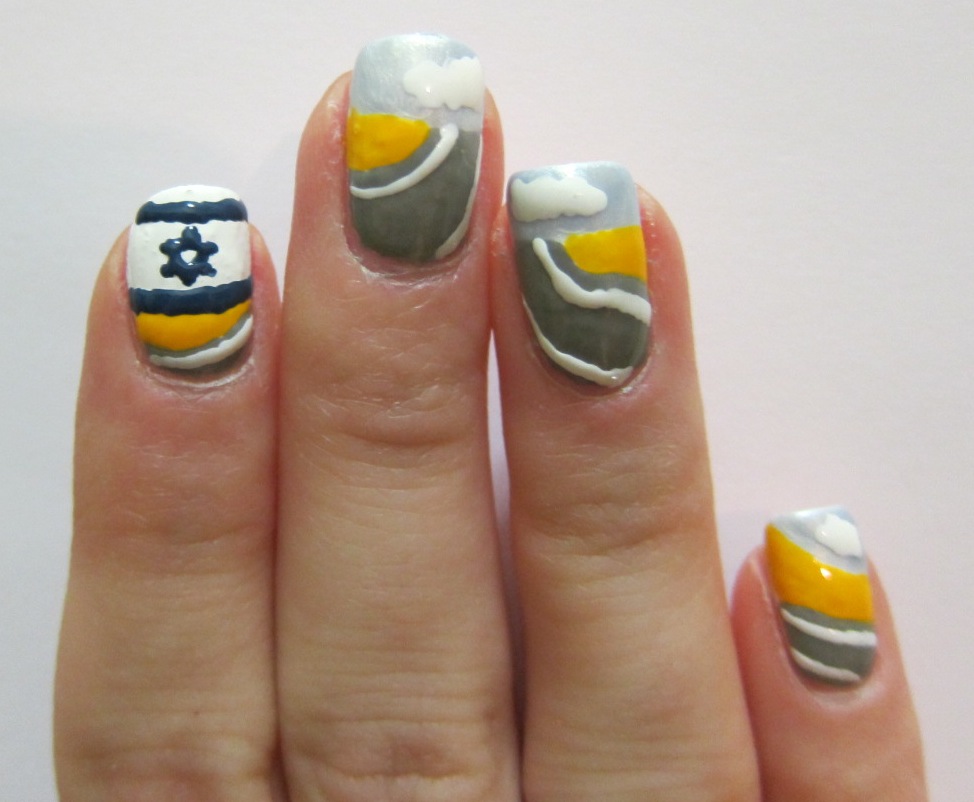
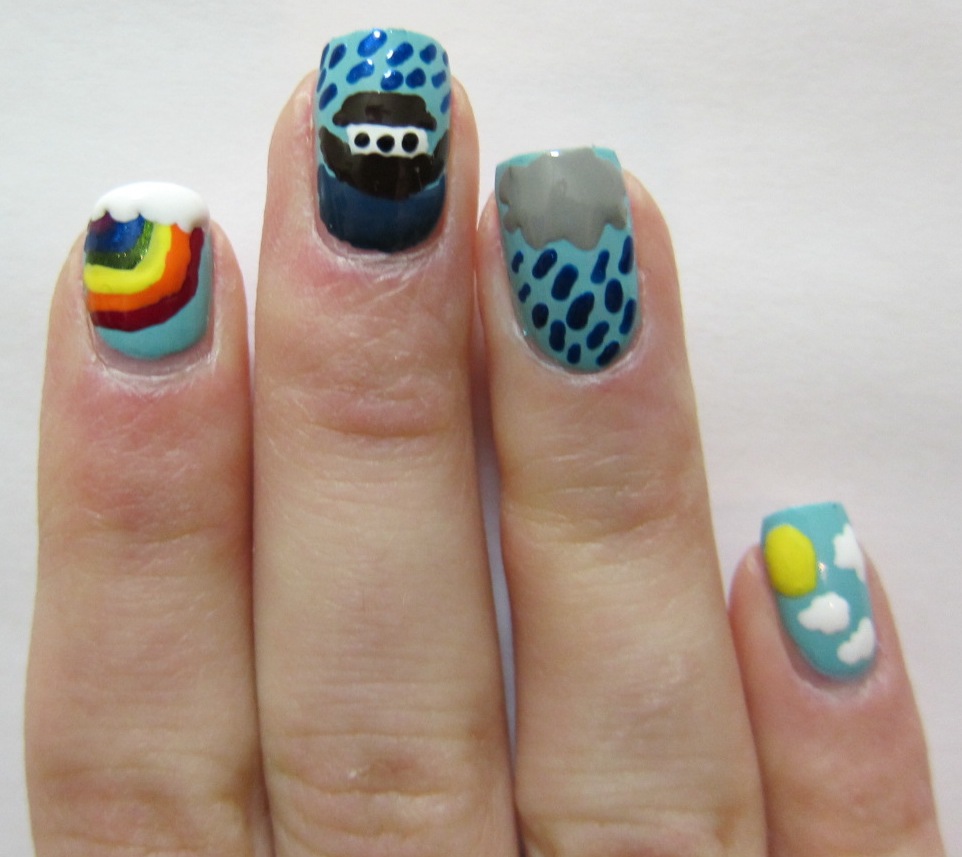
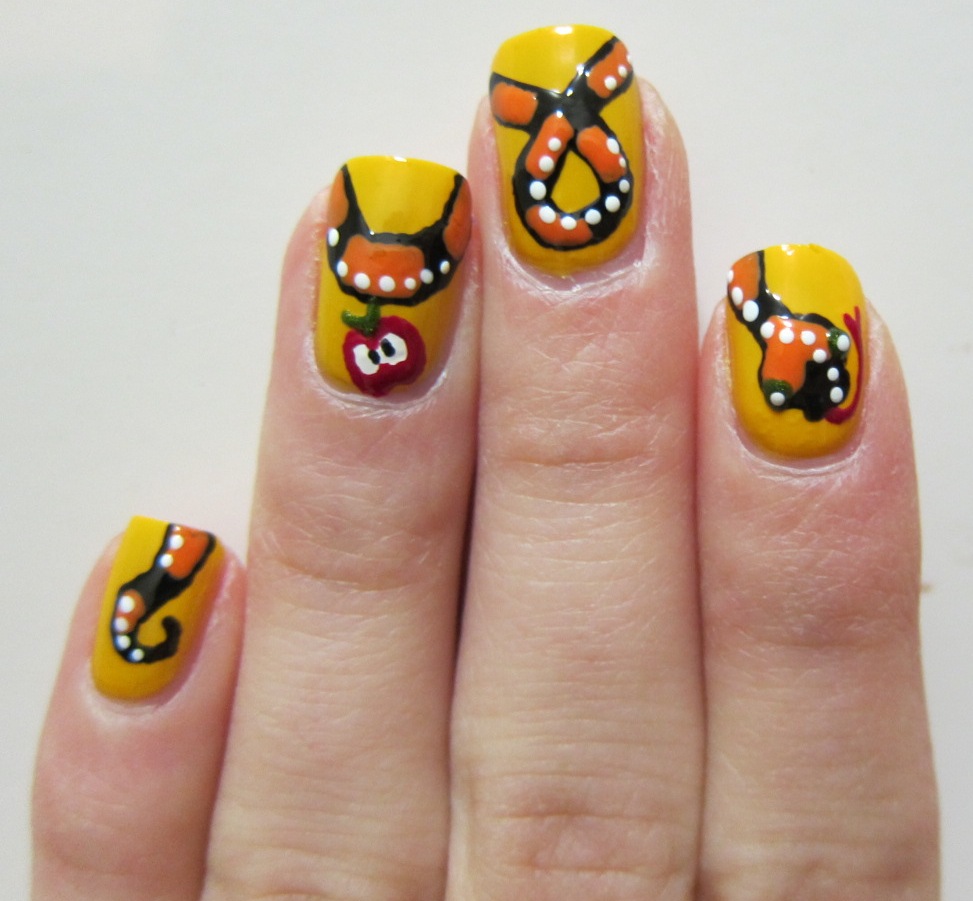

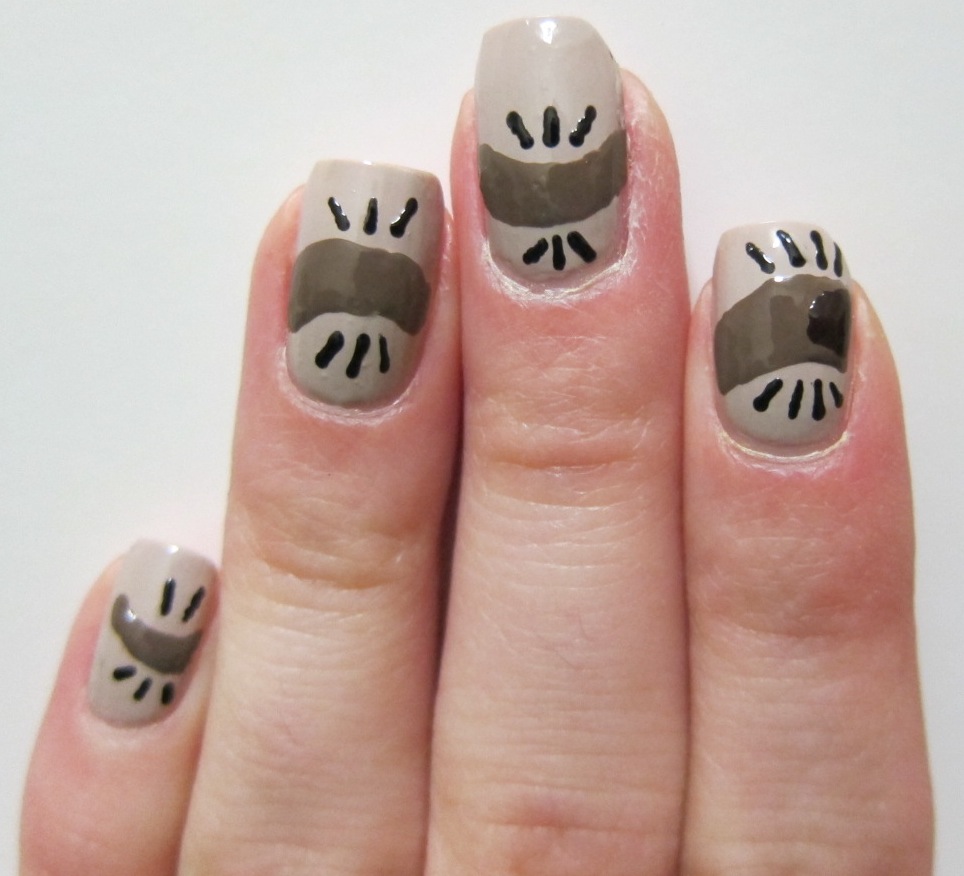
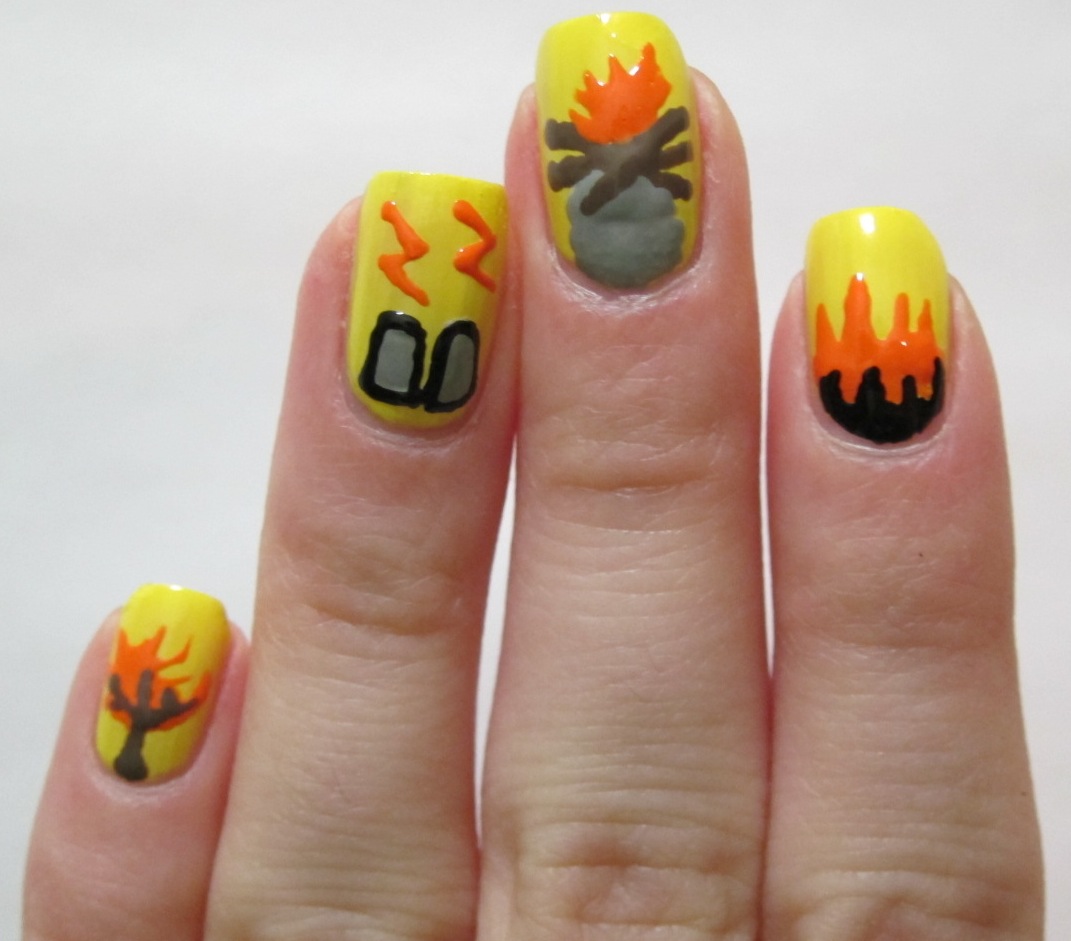
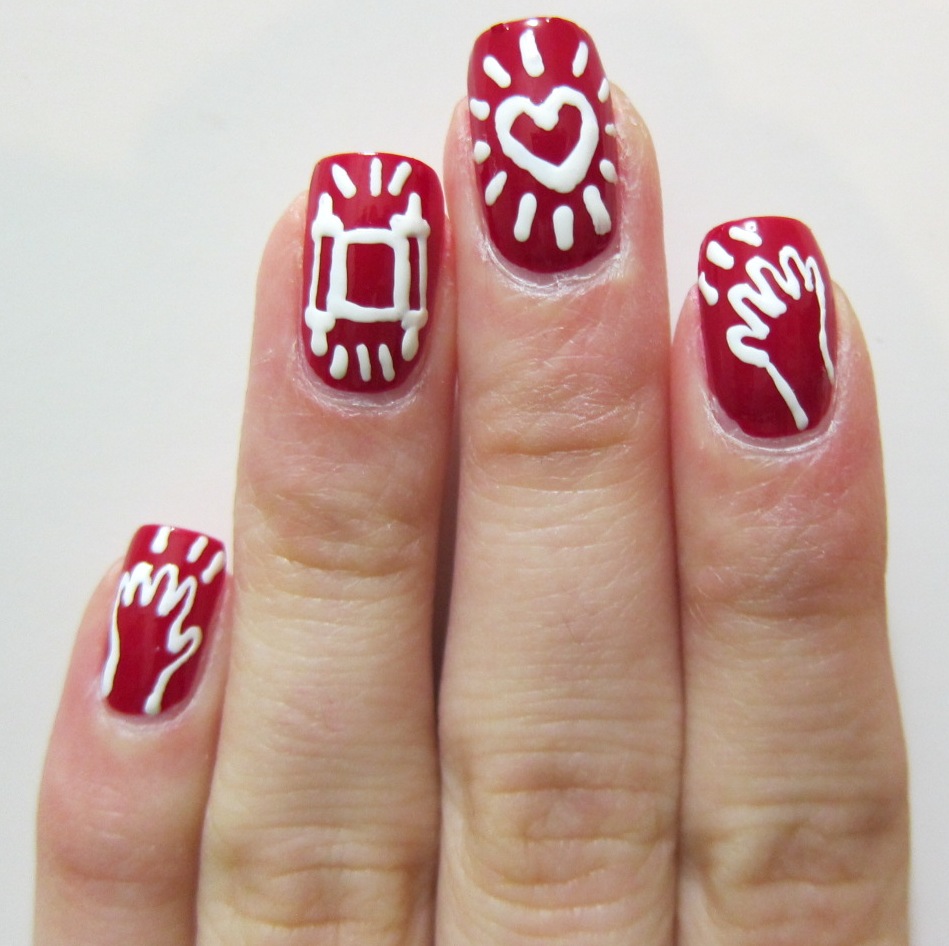
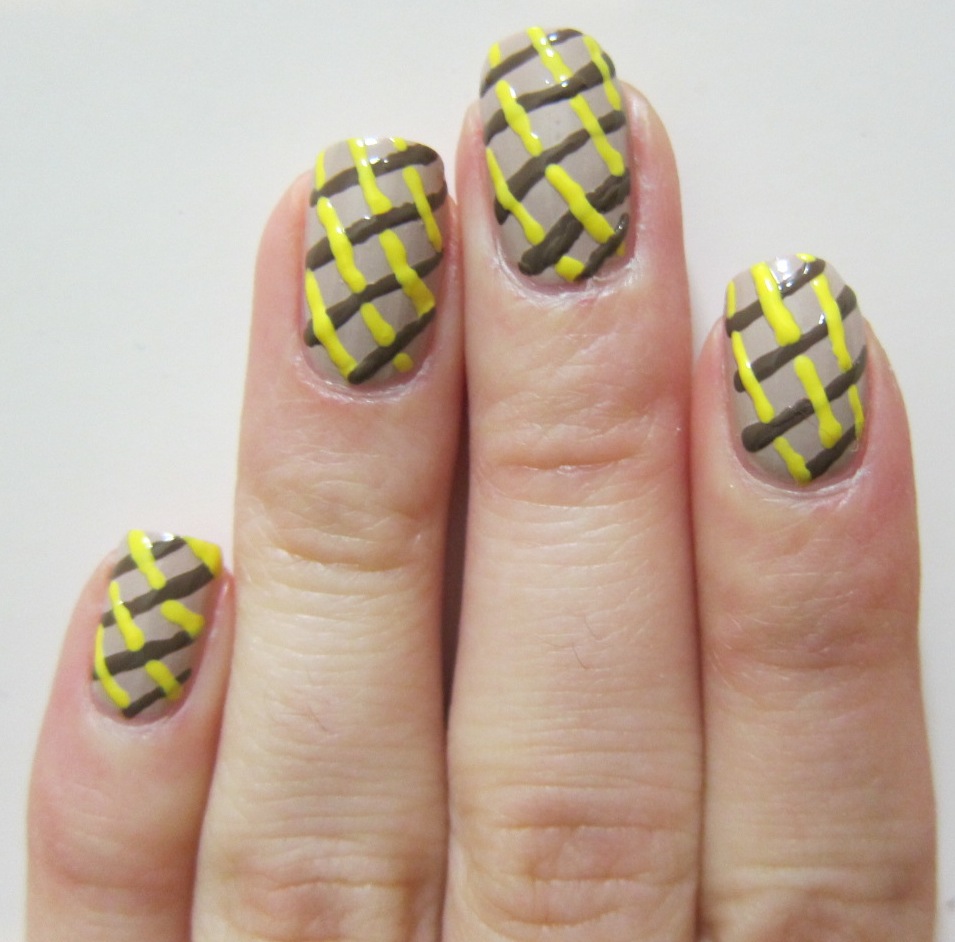

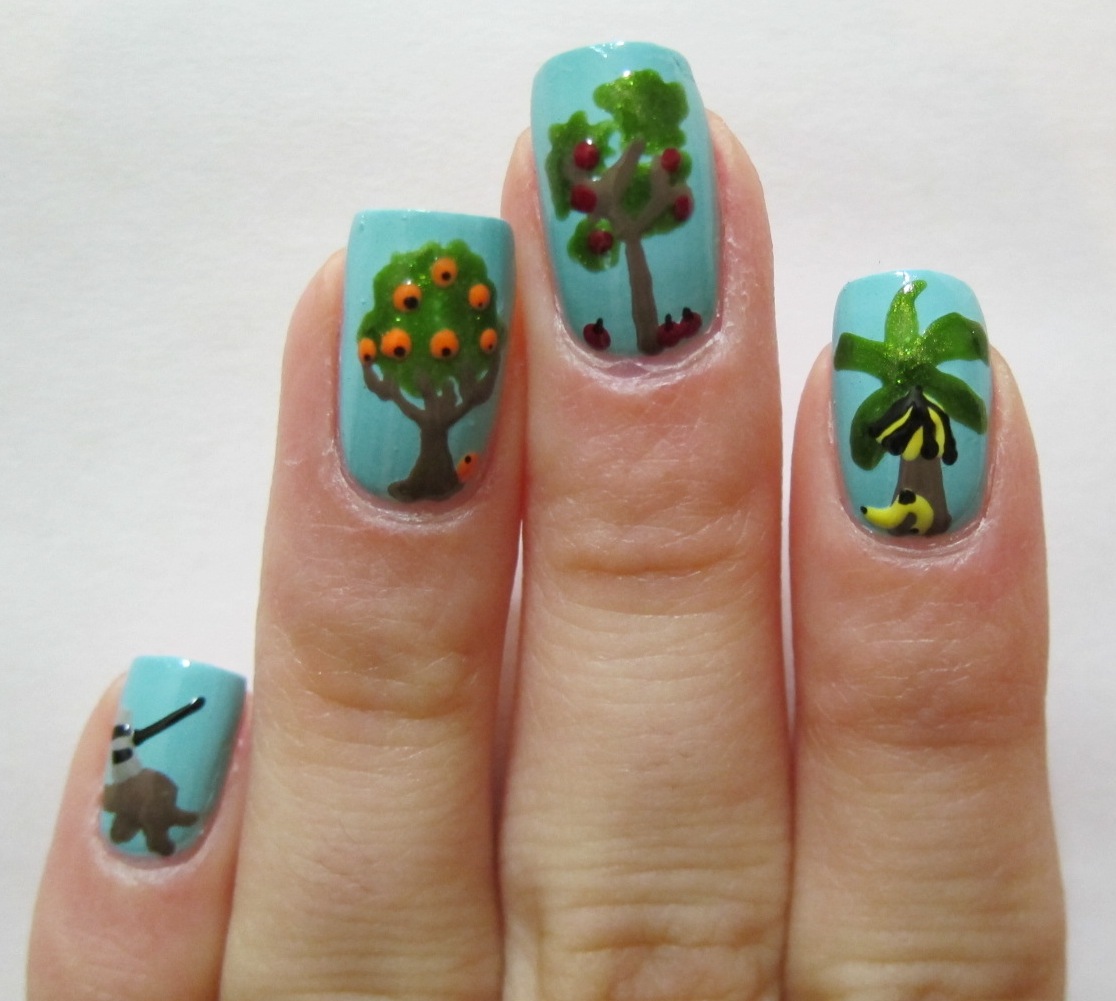
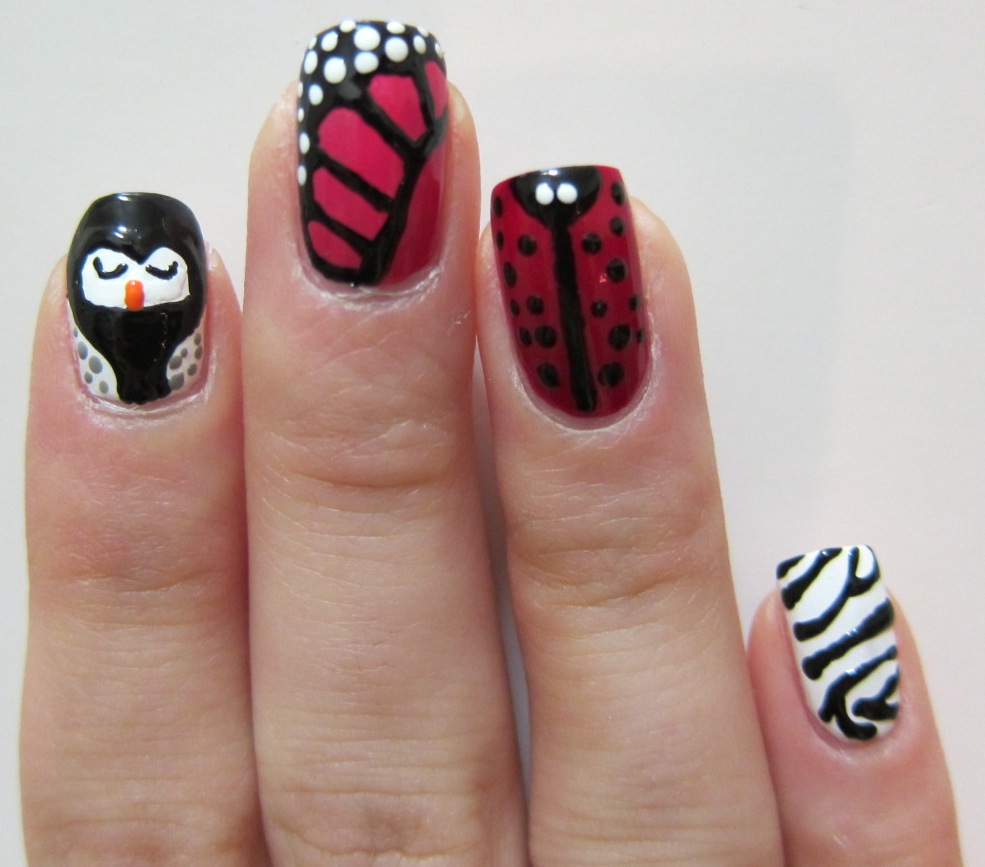
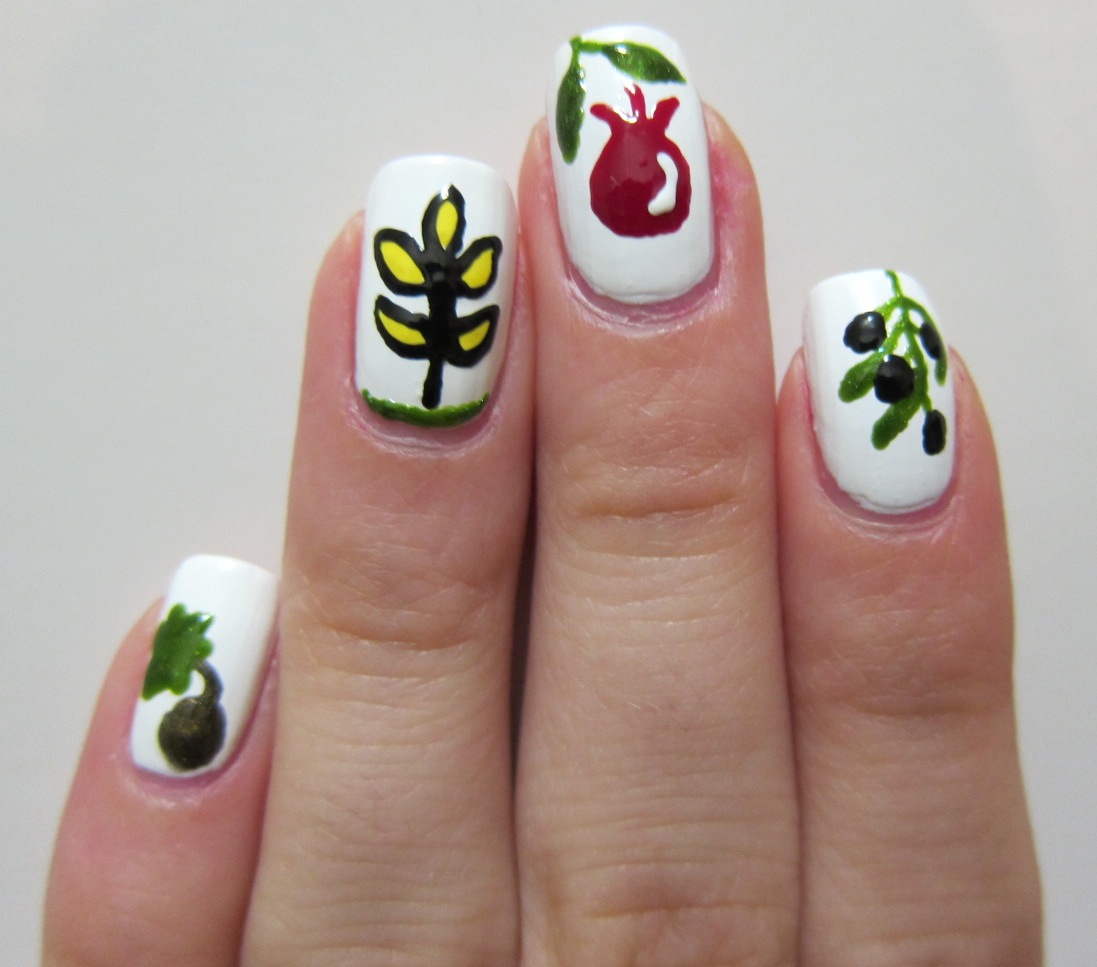 This past week I had the opportunity to visit Ramah Nyack, a Jewish day camp. What impressed me about camp was not only the Ruach (spirit) with which campers approached Israeli dancing and Jewish singing but also the gusto with which they recited Birkat HaMazon, the grace after meals. In Parashat Ekev, Bnai Yisrael are told that God will bless them with the fruits of the Land of Israel.
This past week I had the opportunity to visit Ramah Nyack, a Jewish day camp. What impressed me about camp was not only the Ruach (spirit) with which campers approached Israeli dancing and Jewish singing but also the gusto with which they recited Birkat HaMazon, the grace after meals. In Parashat Ekev, Bnai Yisrael are told that God will bless them with the fruits of the Land of Israel. 